Tatra Mountains, my quiet haven
Hi, my name is Przemek, I am 35 years old, and I come from the beautiful historical region of Jaworzno, a city located in southern Poland on the Silesian-Krakow Upland in the Silesian Voivodeship.
I am an occupational health and safety engineer by education, but my current professional work has little to do with my education (this is often the case in life), I run my own business, which consumes a lot of time. I try to use every free moment from work outside in the fresh air because I really like spending time actively. I value peace and quiet, so whenever time allows, I pack my backpack, put on my shoes and escape to the mountains.
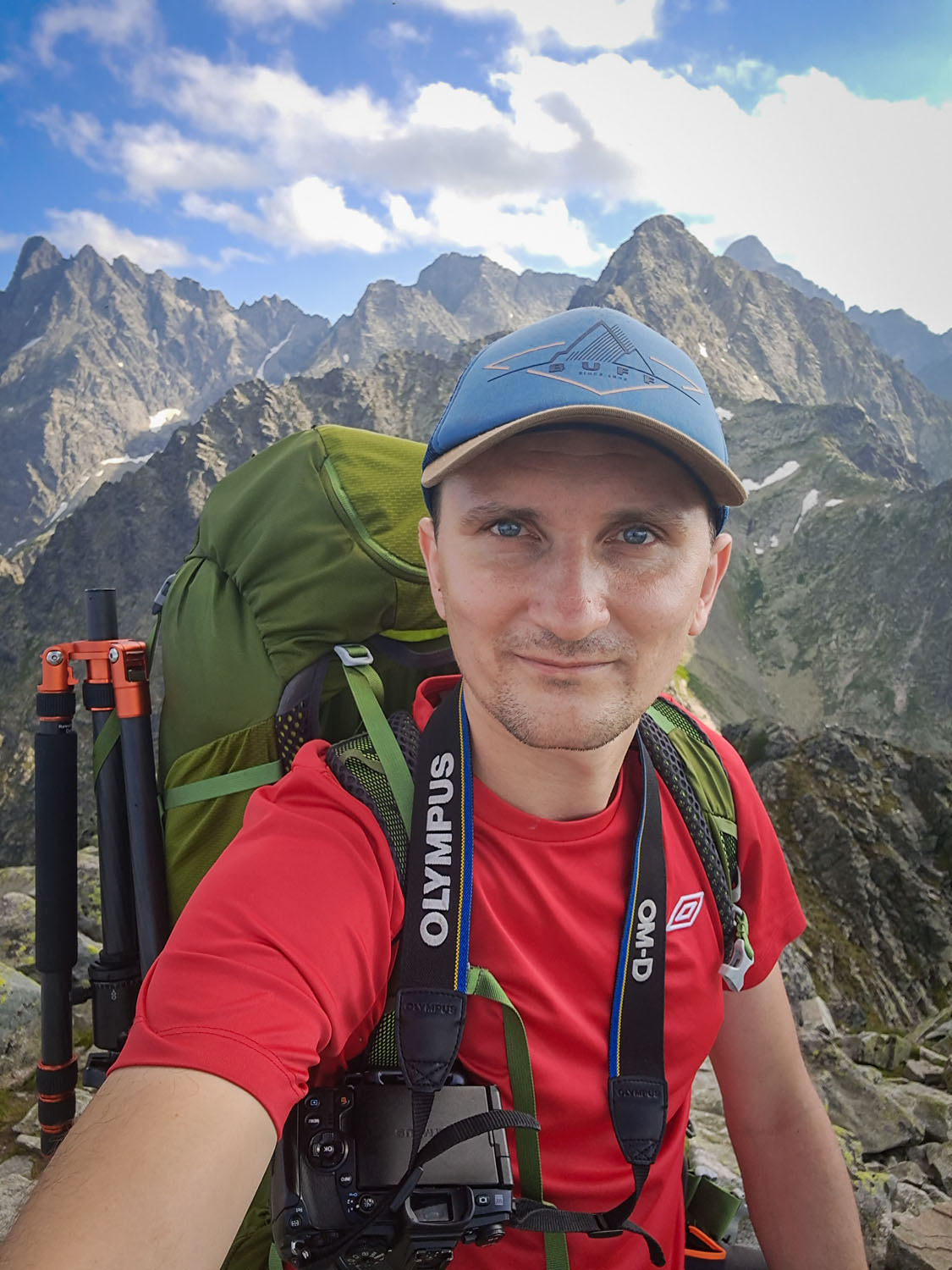
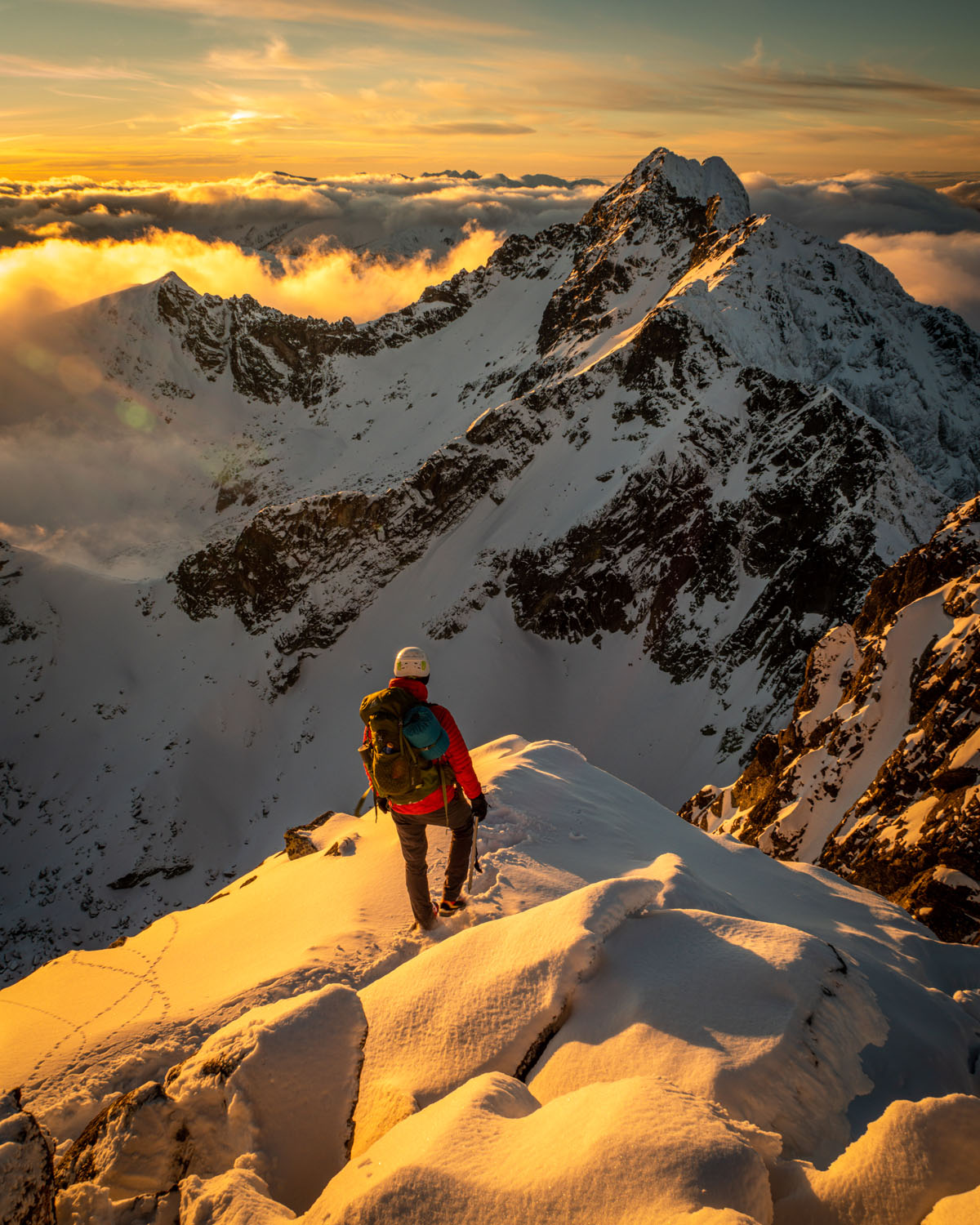
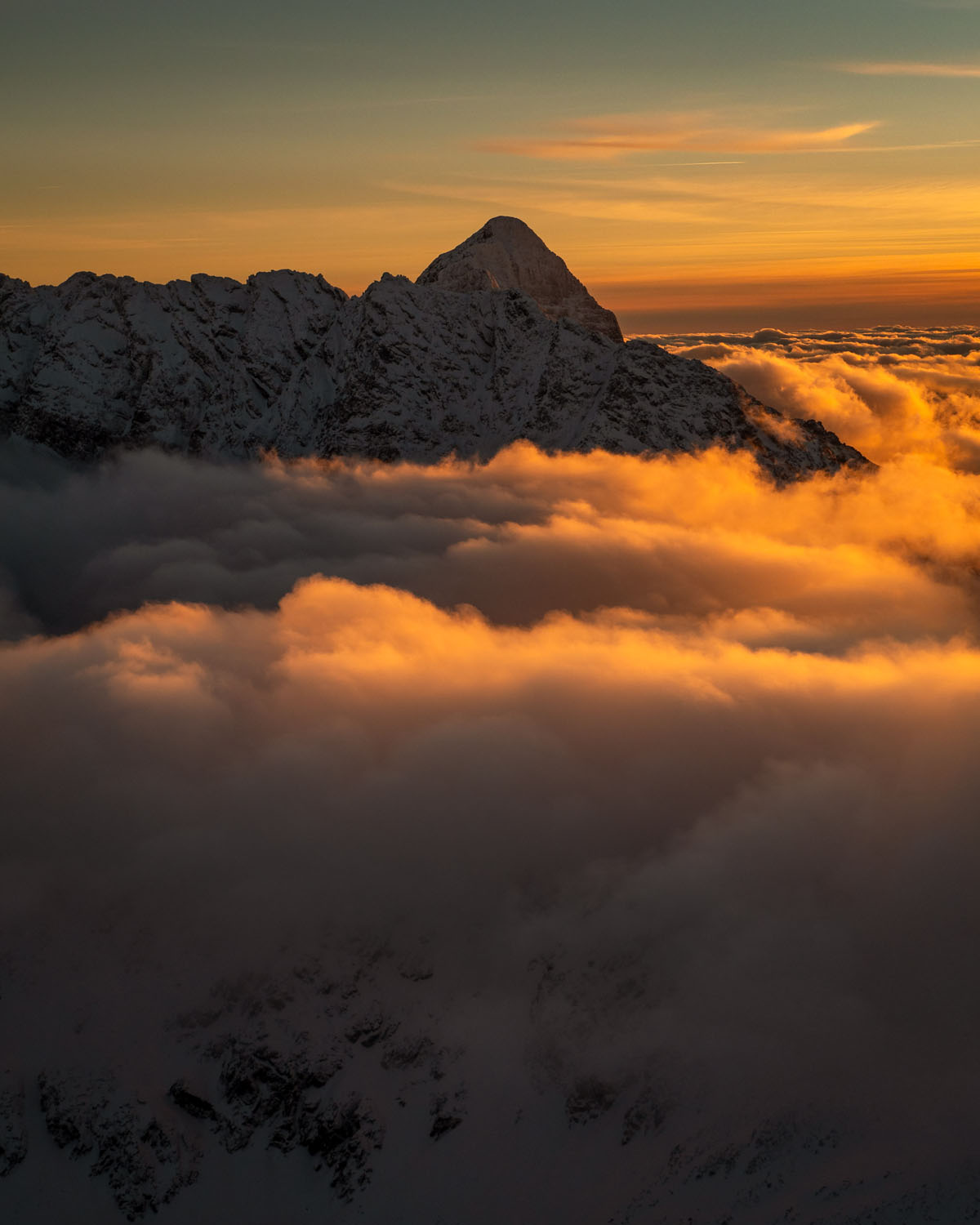
RIGHT: Olympus E-M1 MK II . Olympus Zuiko 14-150mmF4.0-5.6 @34mm . F/9 . 1/320” . ISO 200
Outside of work, I tinker, ride a bike and try to broaden my horizons by travelling to the corners of southern Poland, but what largely absorbs my mind is, of course, the broadly understood outdoors: trekking in the mountains, walking in the forests, communing with nature, animals and admiring its beauty, and photographing the landscapes, mainly in the mountains, often at sunrise and sunset. You could say that I love these times of the day in the mountains. Photos taken during the golden or blue hour differ completely from those taken during the day. Recently, I have also taken a liking to various cultural events related to mountains, mountain film festivals or lectures with eminent personalities related to the mountain world.
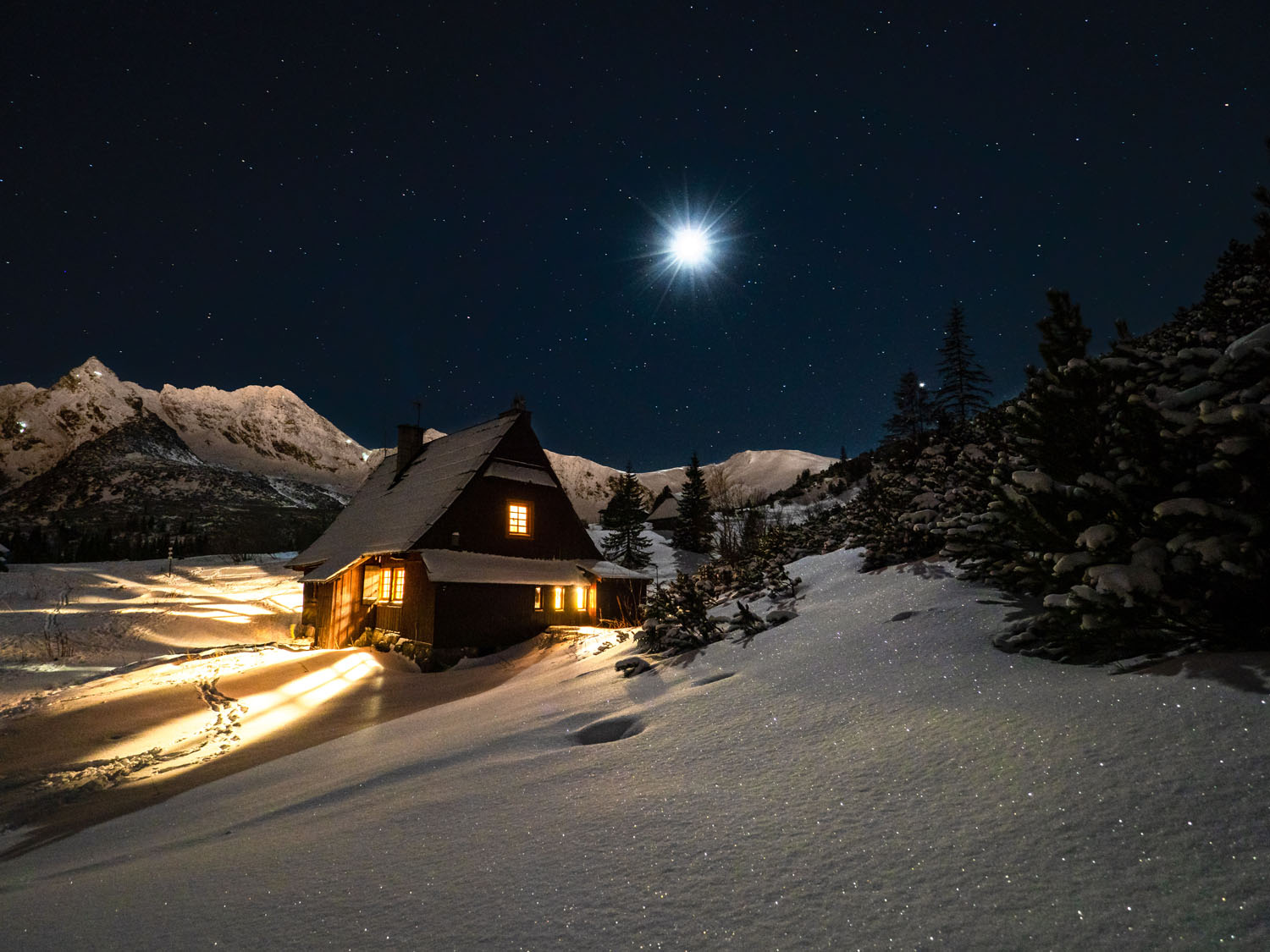

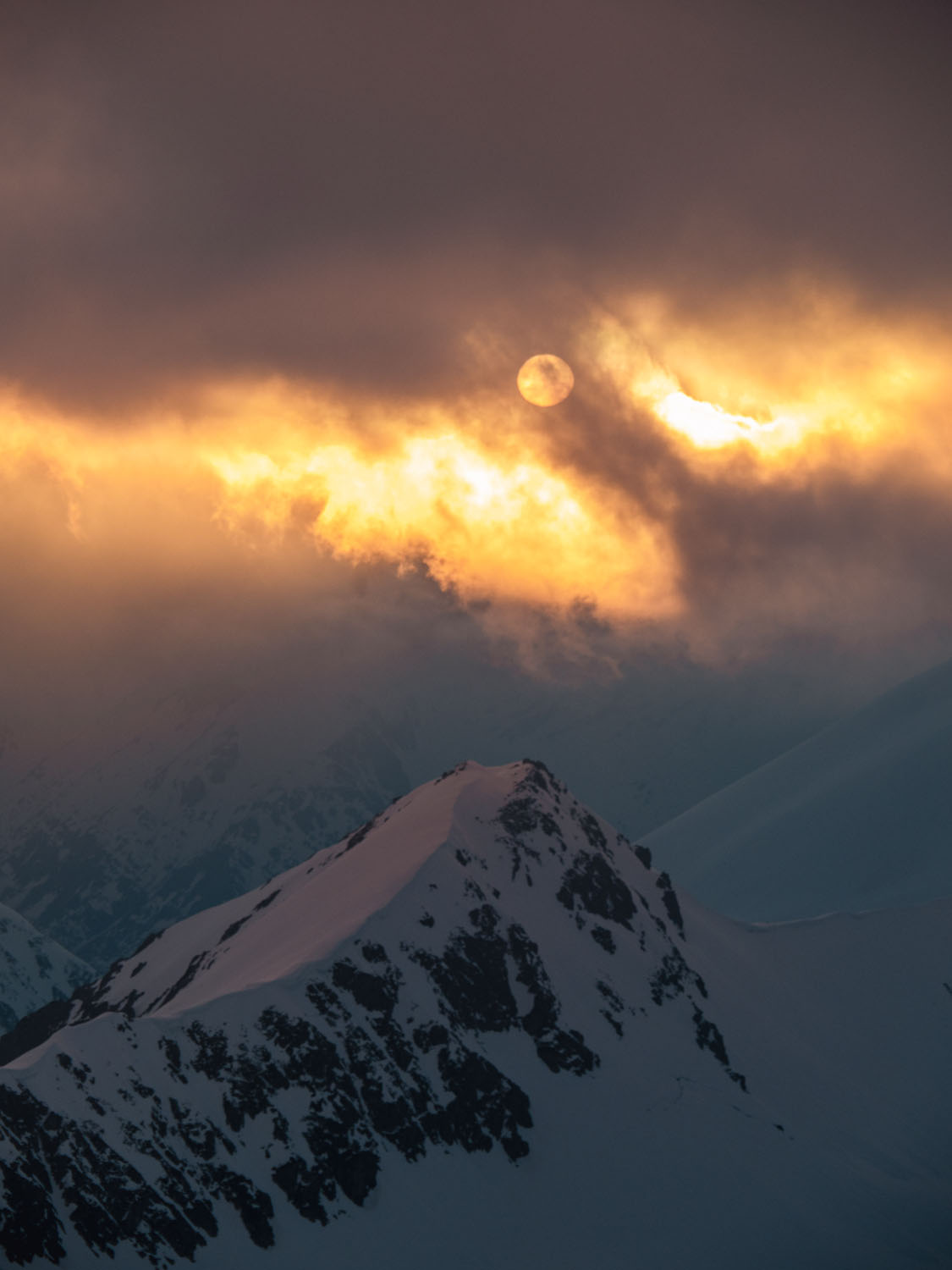
RIGHT: Olympus E-M1 MK II . Olympus Zuiko 14-150mmF4.0-5.6 @80mm . F/5.6 . 1/160” . ISO 100
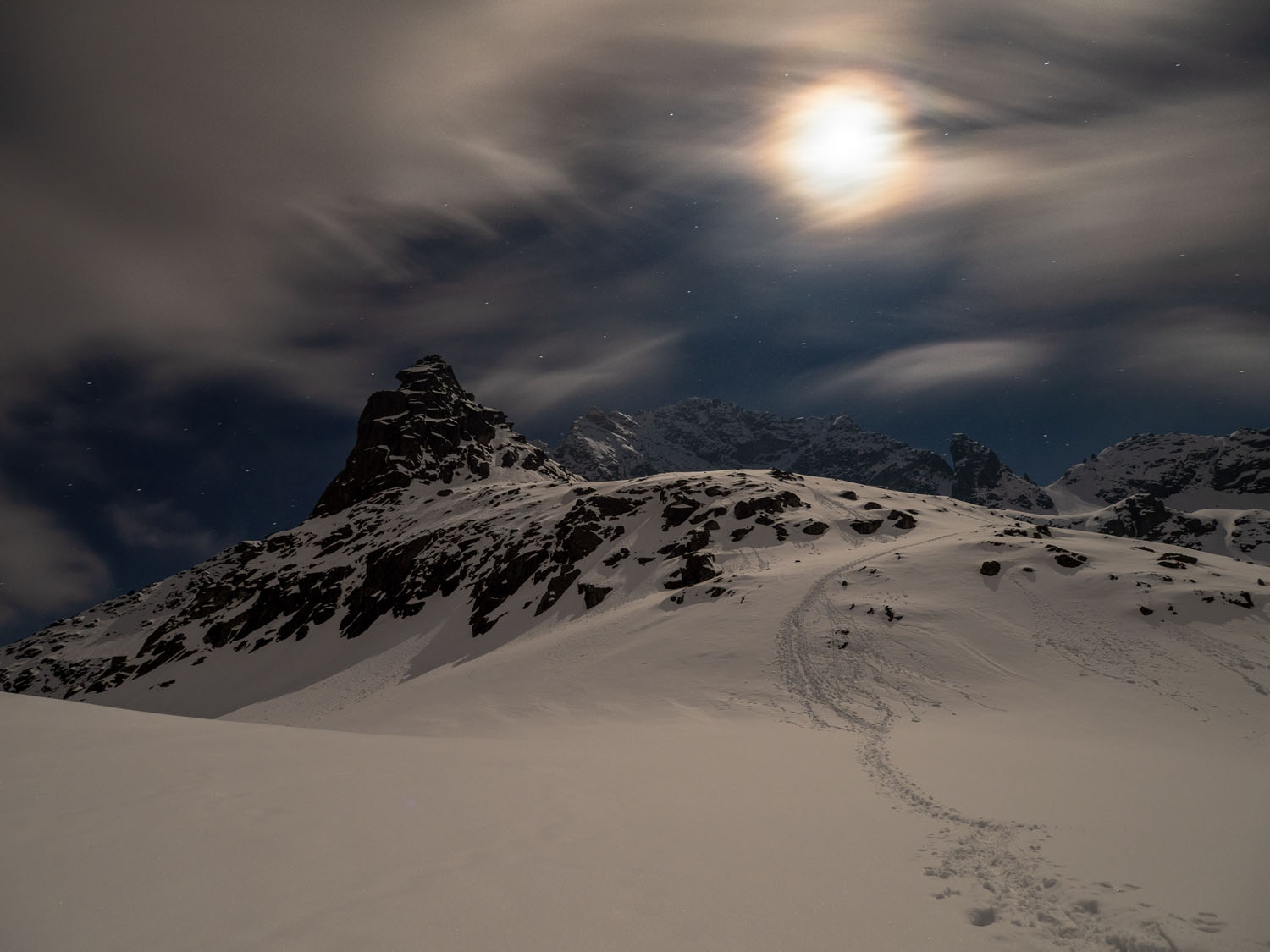
I had the opportunity to go to the Tatra Mountains for the first time in high school. These were trips organized in the years when a teenager is interested in everything but where he is going. Then, the topic of mountains died down for a good few years and came back again in August 2015, when my view of the mountains took on a completely different dimension thanks to a trip with a group of friends to the highest peak in Poland, i.e. Rysa. From the very start, from the parking lot, the mountains were trying to discourage me – an obstacle in the form of a serious ankle abrasion after a kilometre of hiking. Let’s be honest, effectively reduced the comfort of the trip, and we still had about seven hours on the trail and over 1500m of elevation gain to reach the top… “Hard”, I said to myself and kept going.

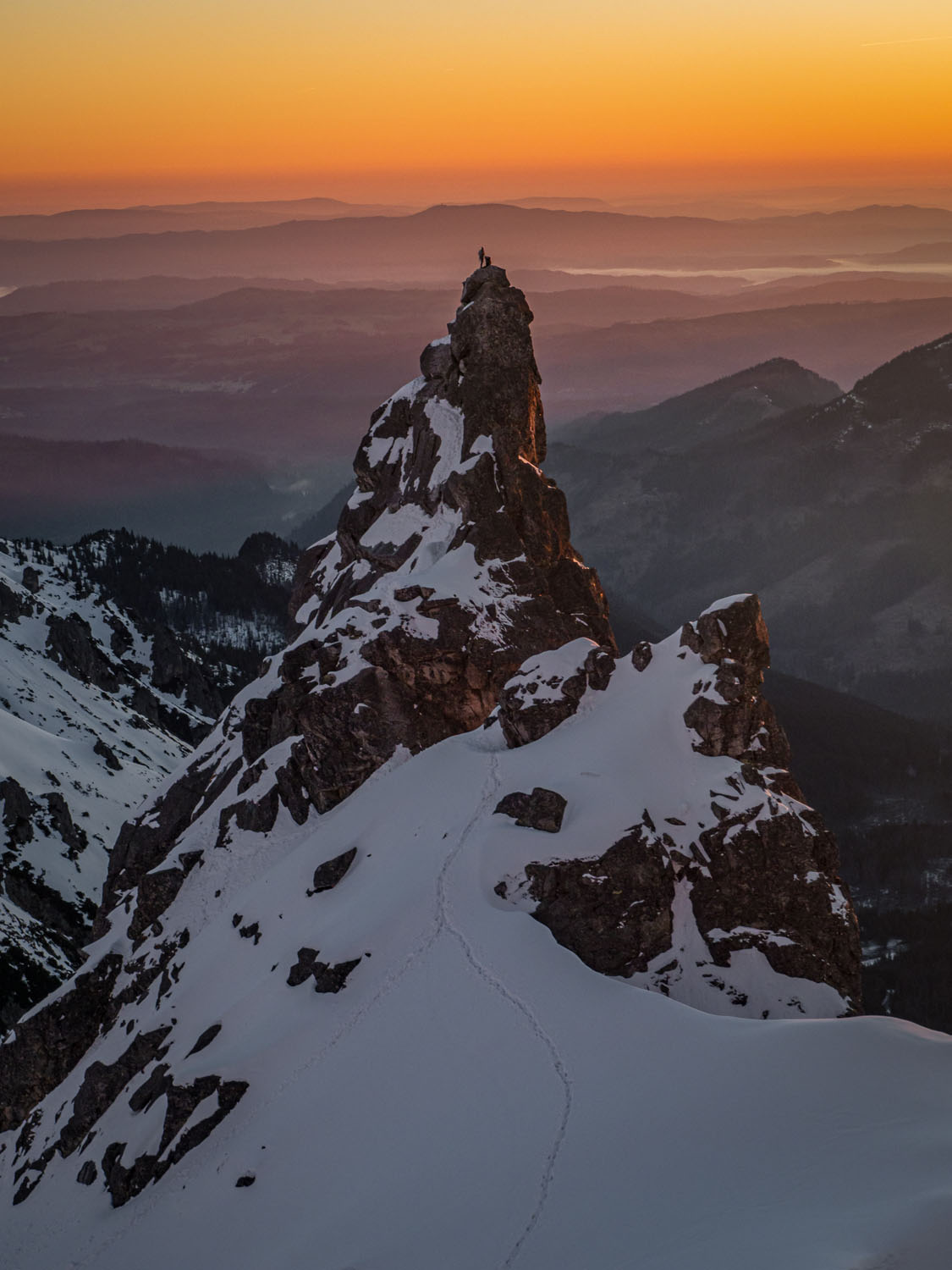
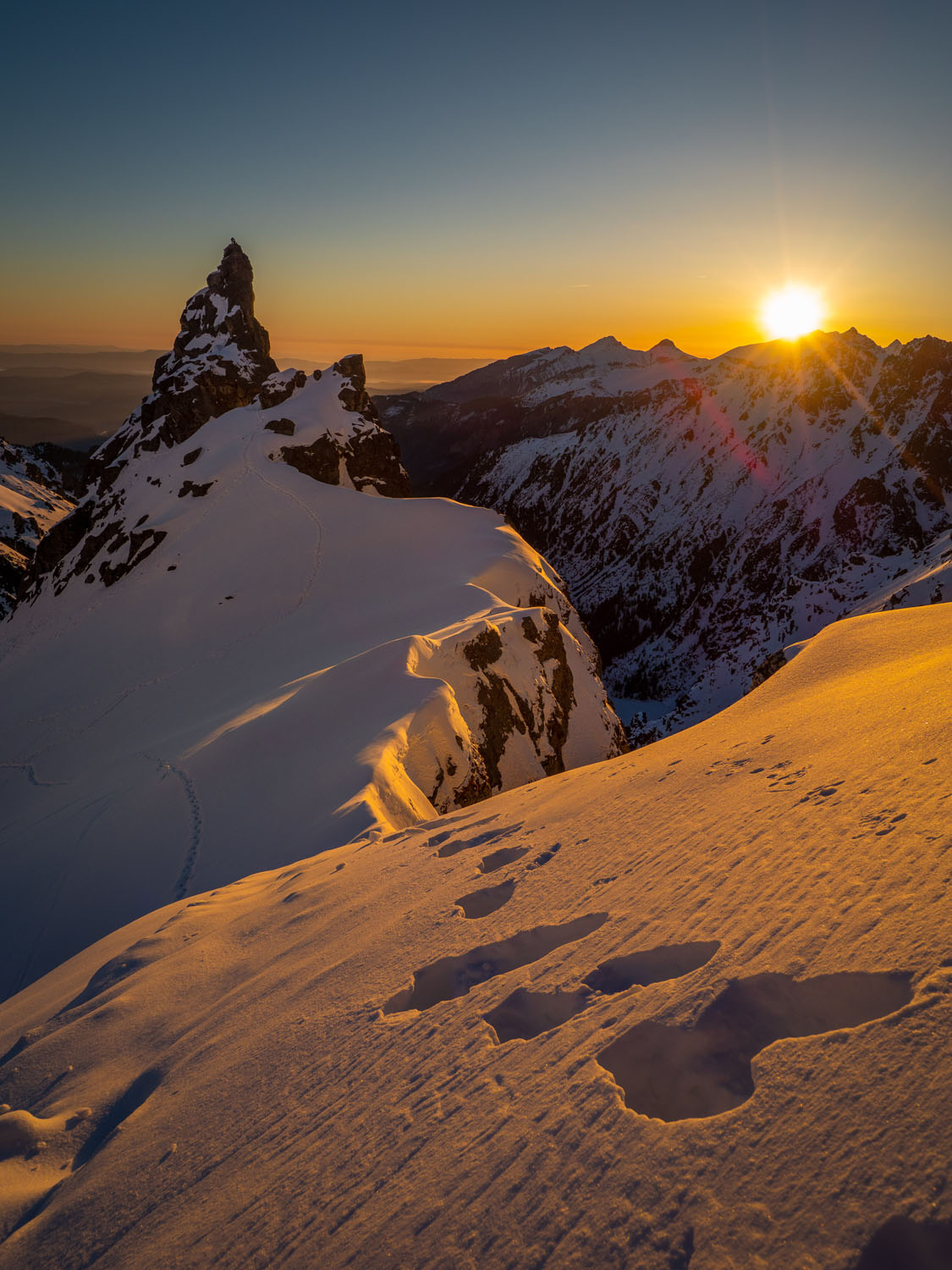
RIGHT: Olympus E-M1 MK II . Olympus Zuiko 9-18mmF4.0-5.6 @12mm . F/7.1 . 1/400” . ISO 100
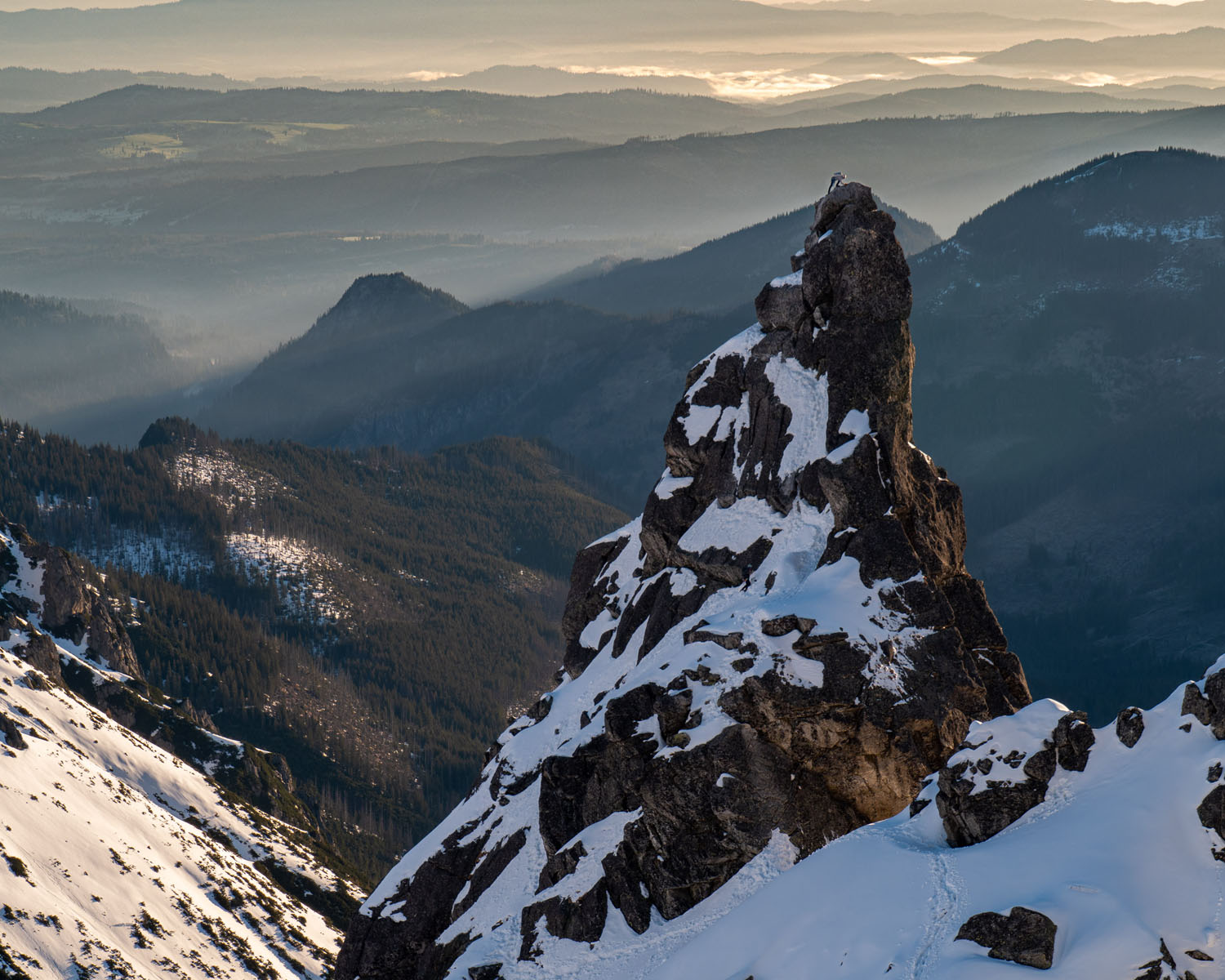
During the hike, we admired the views from the Morskie Oko Lake, the Black Pond Gąsienicowy, Bula pod Rysami, and finally, from the very top, when after a hard fight with our own weaknesses, we arrived at the top, the aforementioned transformation took place in my perception of the beauty and power of the mountains. It was the beginning of an adventure that continues to this day, an adventure with my beloved Tatra Mountains, about which I knew so little at the time, and even more so, I did not think that they would absorb me to such an extent.
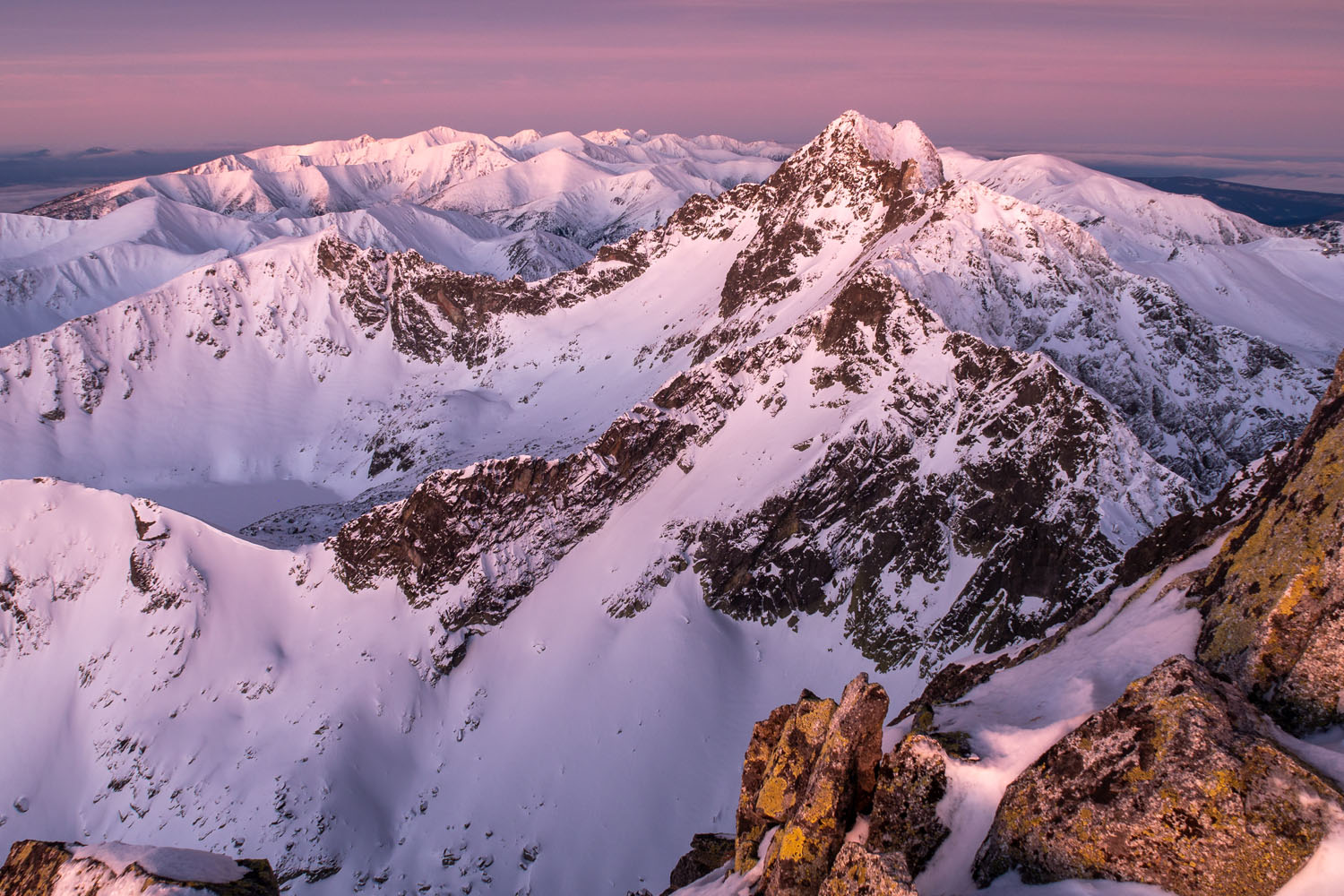
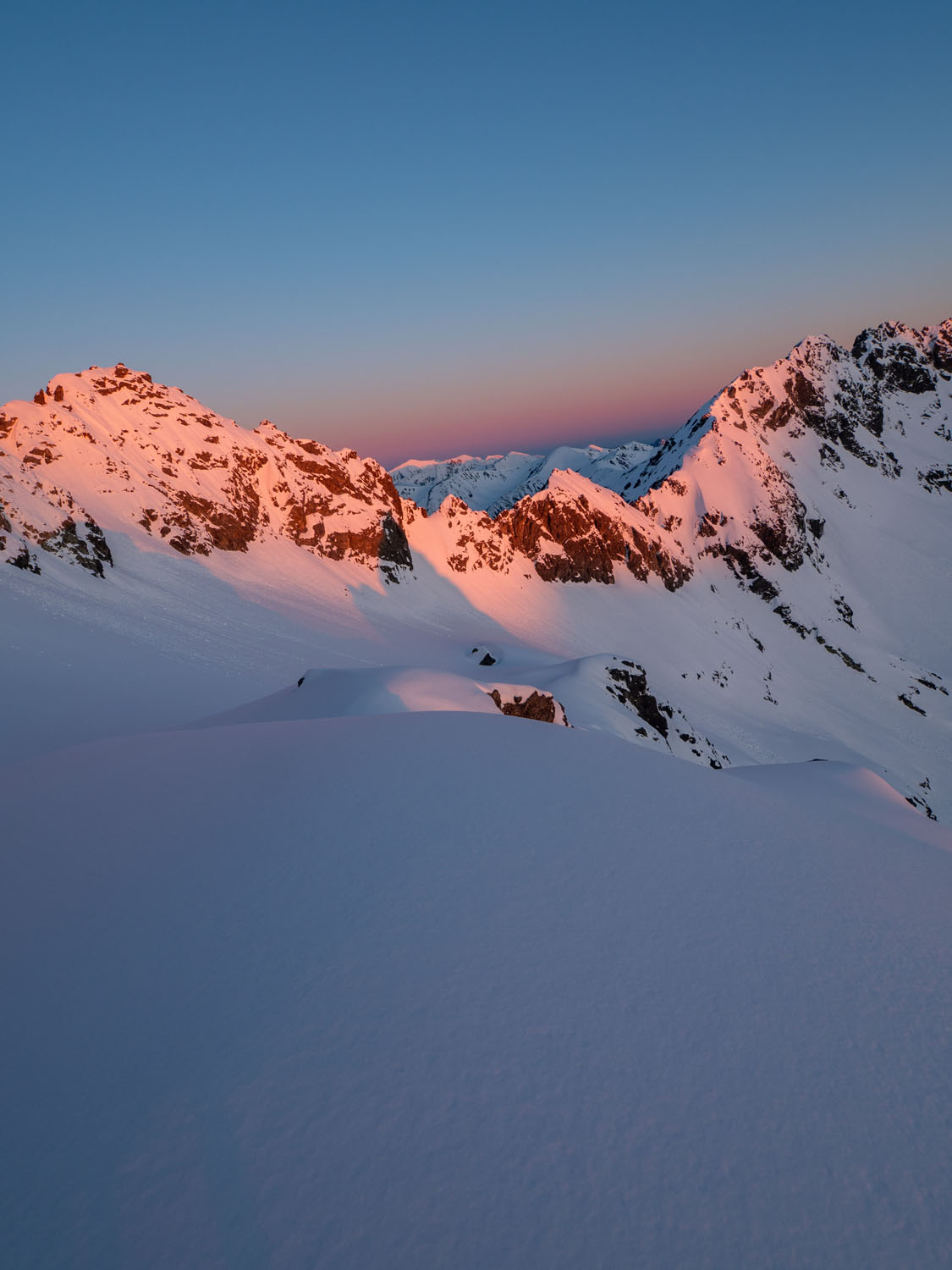
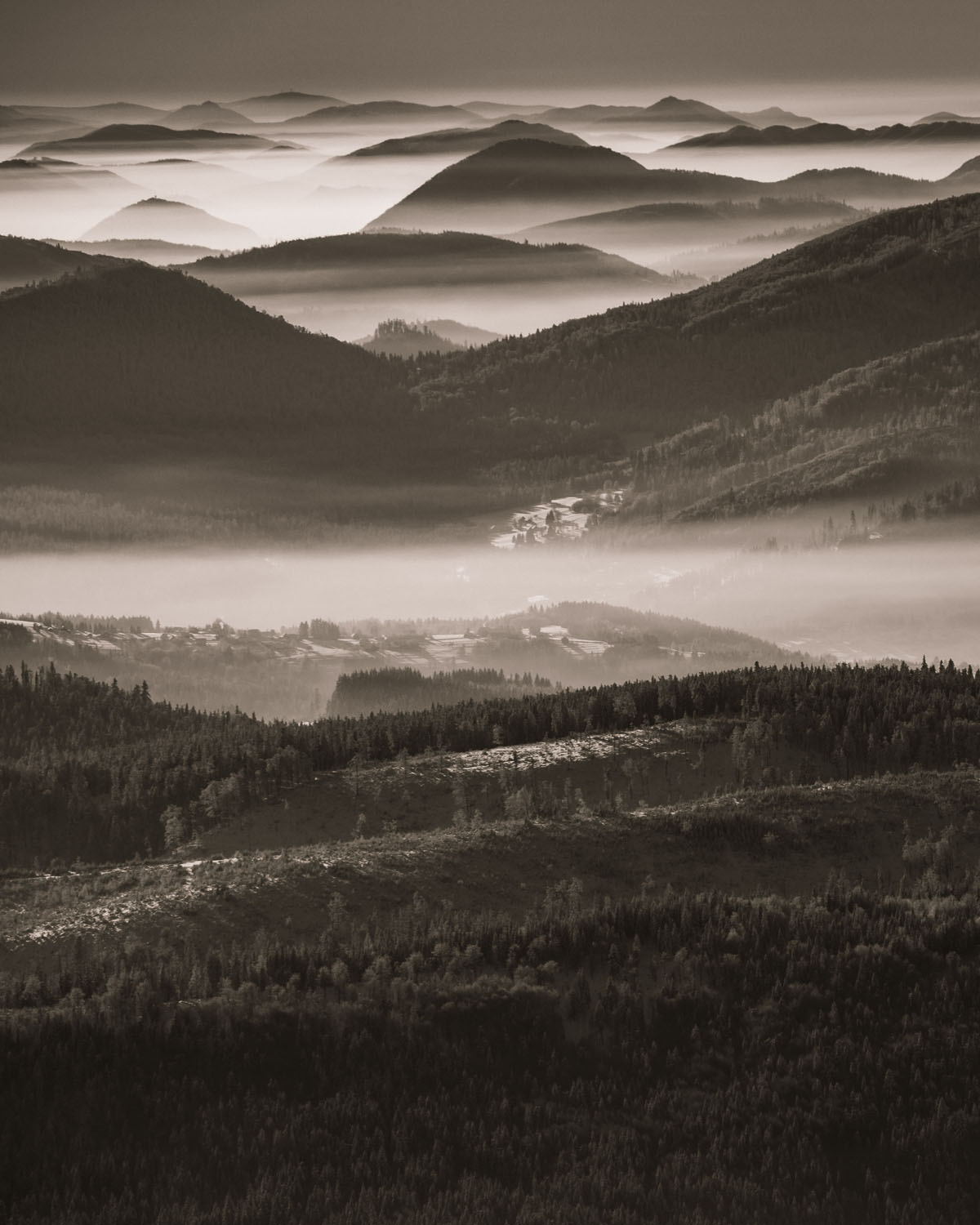
RIGHT: Olympus E-M1 MK II . Olympus Zuiko 14-150mmF4.0-5.6 @150mm . F/9 . 1/160” . ISO 100
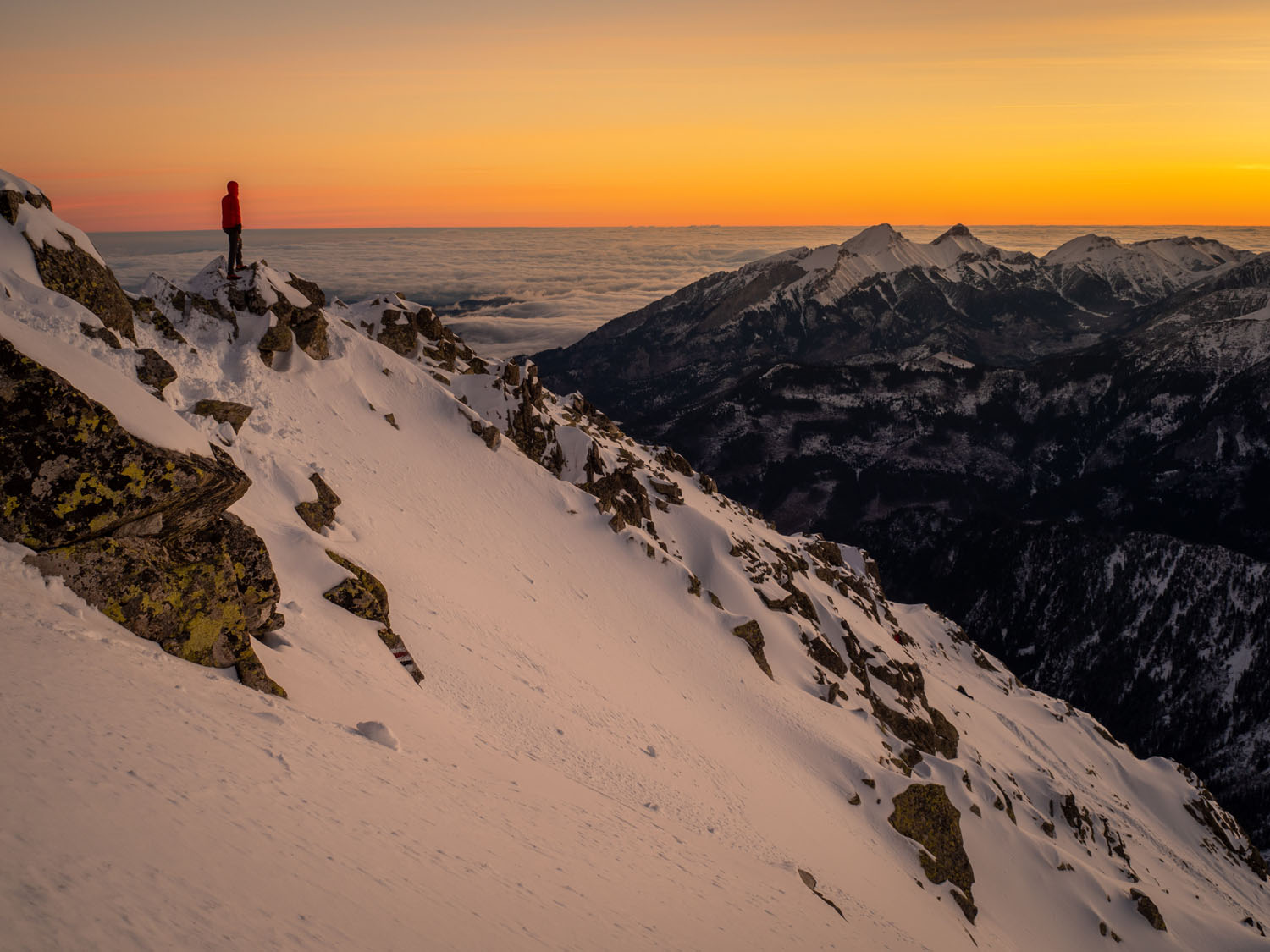
Since then, I have spent every free moment and I still spend it in the mountains, mainly in the Tatra Mountains. This is where I rest and breathe fully, recharge my internal batteries, and despite being tired, after many kilometres of hiking with a heavy backpack, I can stand in the desired place and say that it was worth it. The mountains stimulate reflection, inspire, and sometimes it’s even hard to describe what we experience there at the top. They enchant us with their beauty and encourage us to overcome our own weaknesses, often arousing fear.
“In the mountains you have to make some effort without payment. It is mysticism, the search for something unique. For this, you need to have imagination and a philosophy of life. Not everyone can afford it, not everyone wants it. Because there are no borders in the mountains, that’s where you look for freedom. And just being in the mountains soothes and eliminates aggression. There are elements of competition, but competition with a set goal, not with an opponent.” – Krzysztof Wielicki
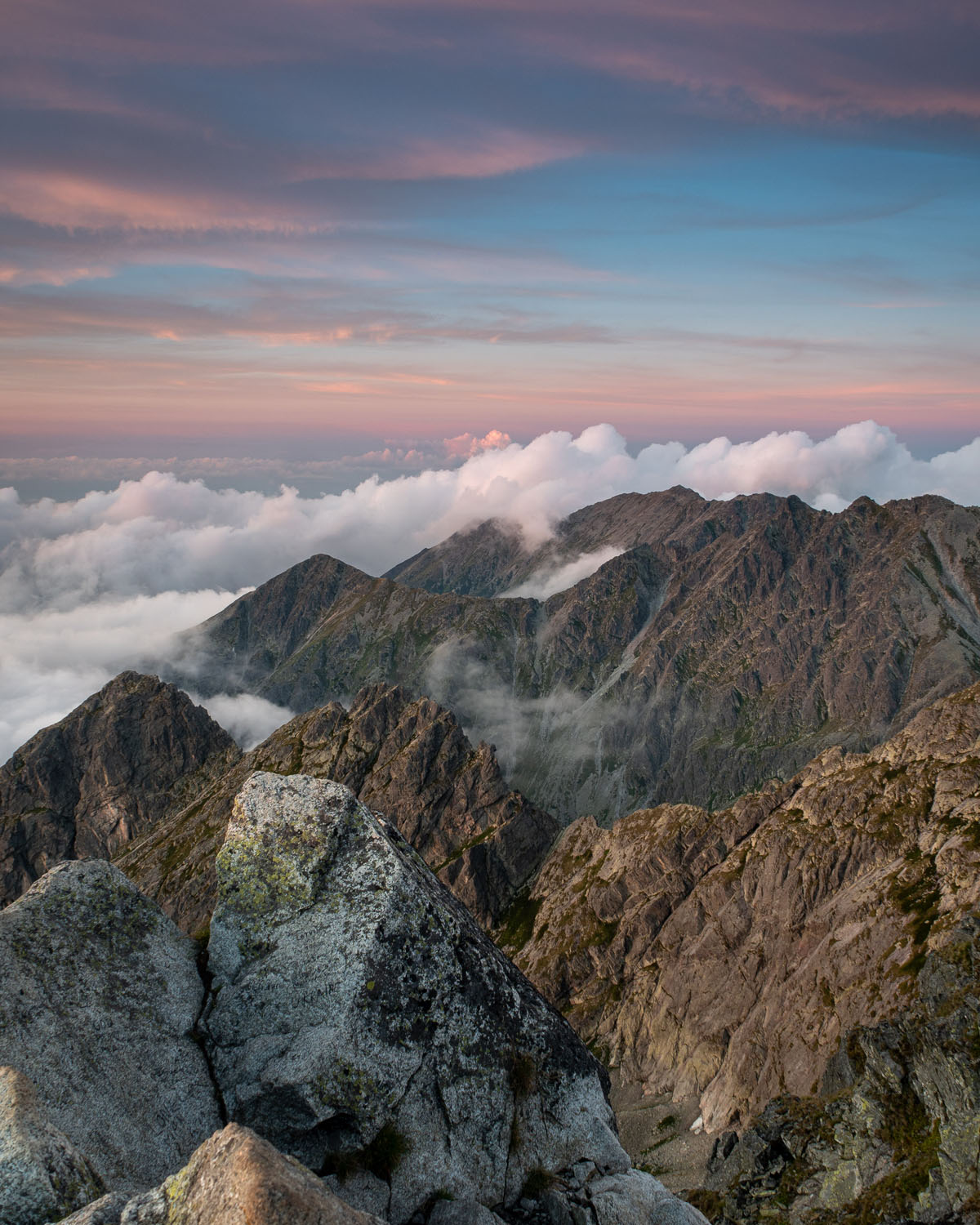
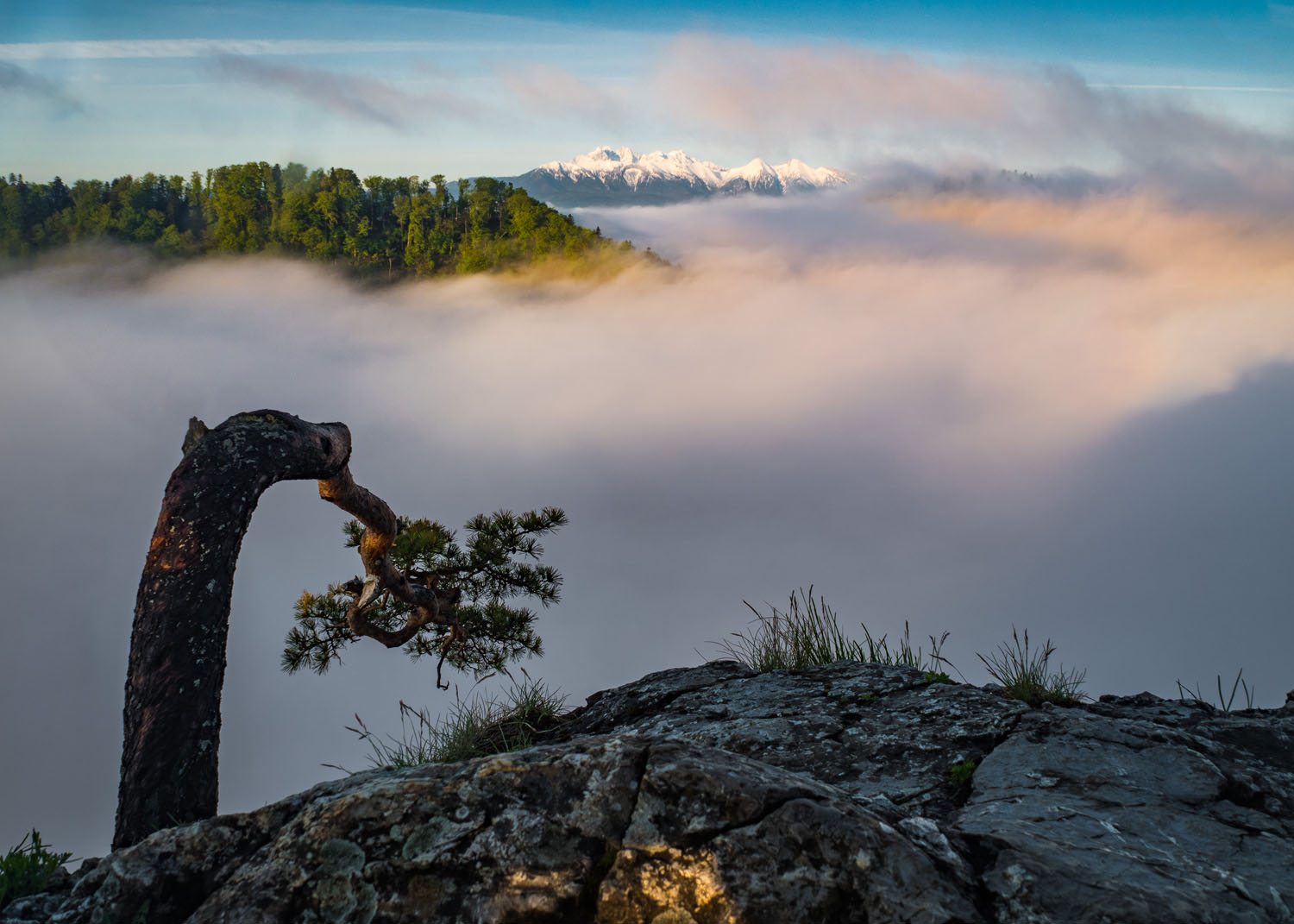

RIGHT: Olympus E-M1 MK II . Olympus Zuiko 14-150mmF4.0-5.6 @14mm . F/7.1 . 1/200” . ISO 64
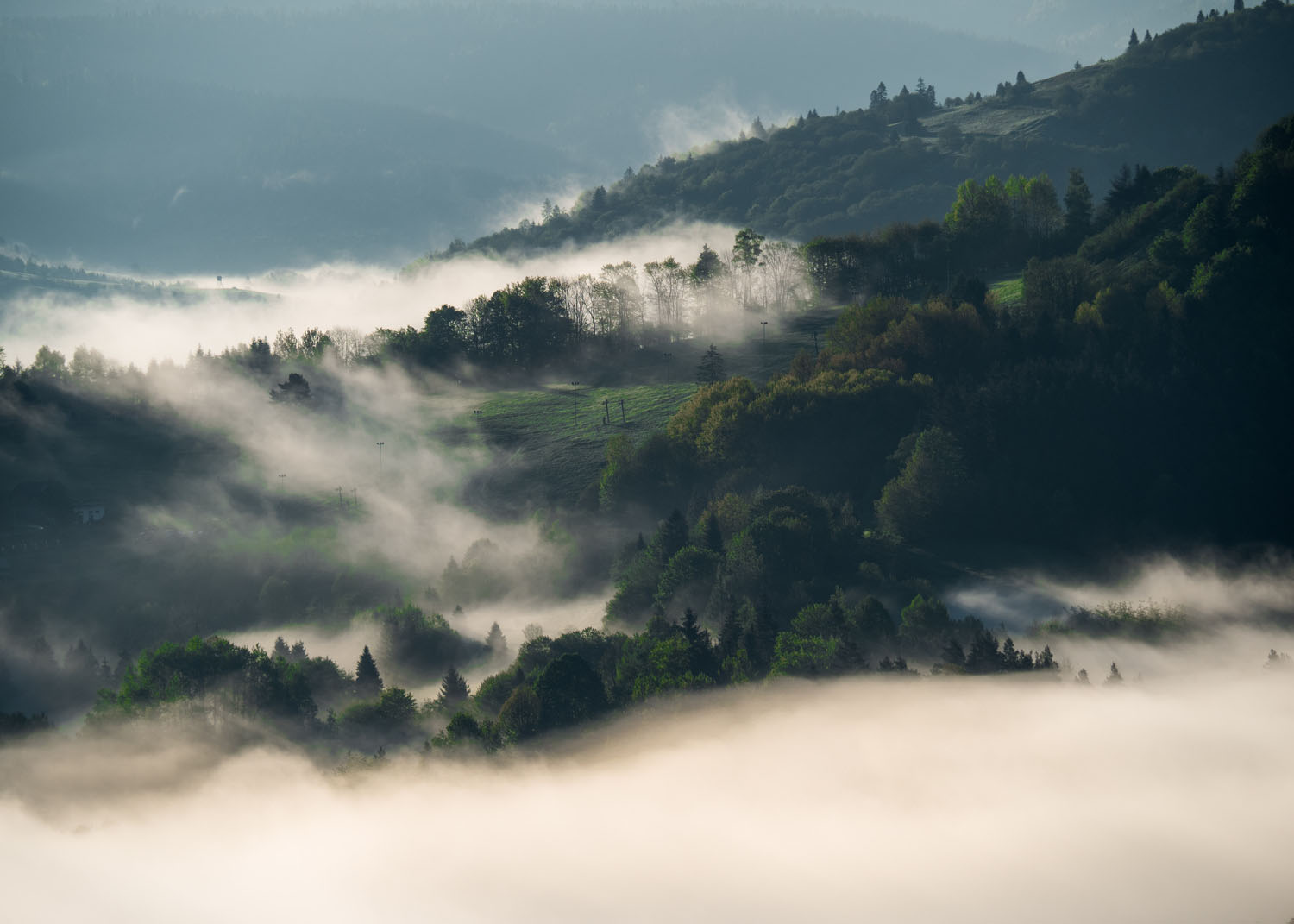
I’ve been hiking in the Tatra Mountains, Polish and Slovak for 8 years now and I haven’t reached many places yet, but I’d love to, so I usually try to plan a route to destinations I haven’t been to yet. This year I decided to climb Mnich (a peak in the Polish High Tatras located in the Fish Stream Valley) to an altitude of 2068 m a.s.l. Its characteristic pointed cap is visible from the Morskie Oko Lake. I can say one thing, the views from the top at sunrise were insane. The next planned and implemented idea was to walk along the trail of the Western Tatras, from Wołowiec through Łopata to Jarząbczy Wierch and an expedition to the north-easternmost massif of the High Tatras, Jagniacy Szczyt. It’s been a successful year, although there’s an appetite for more.
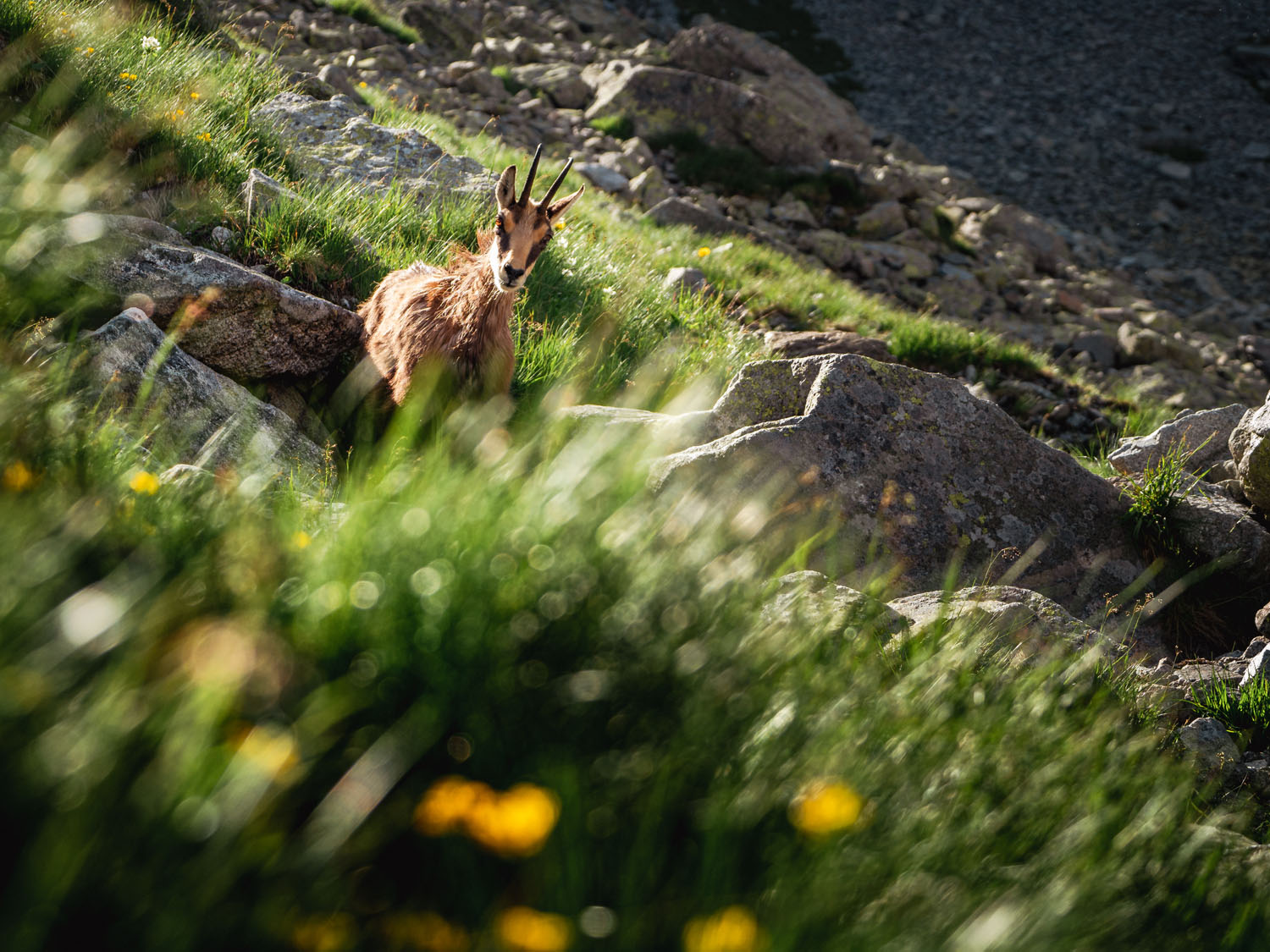
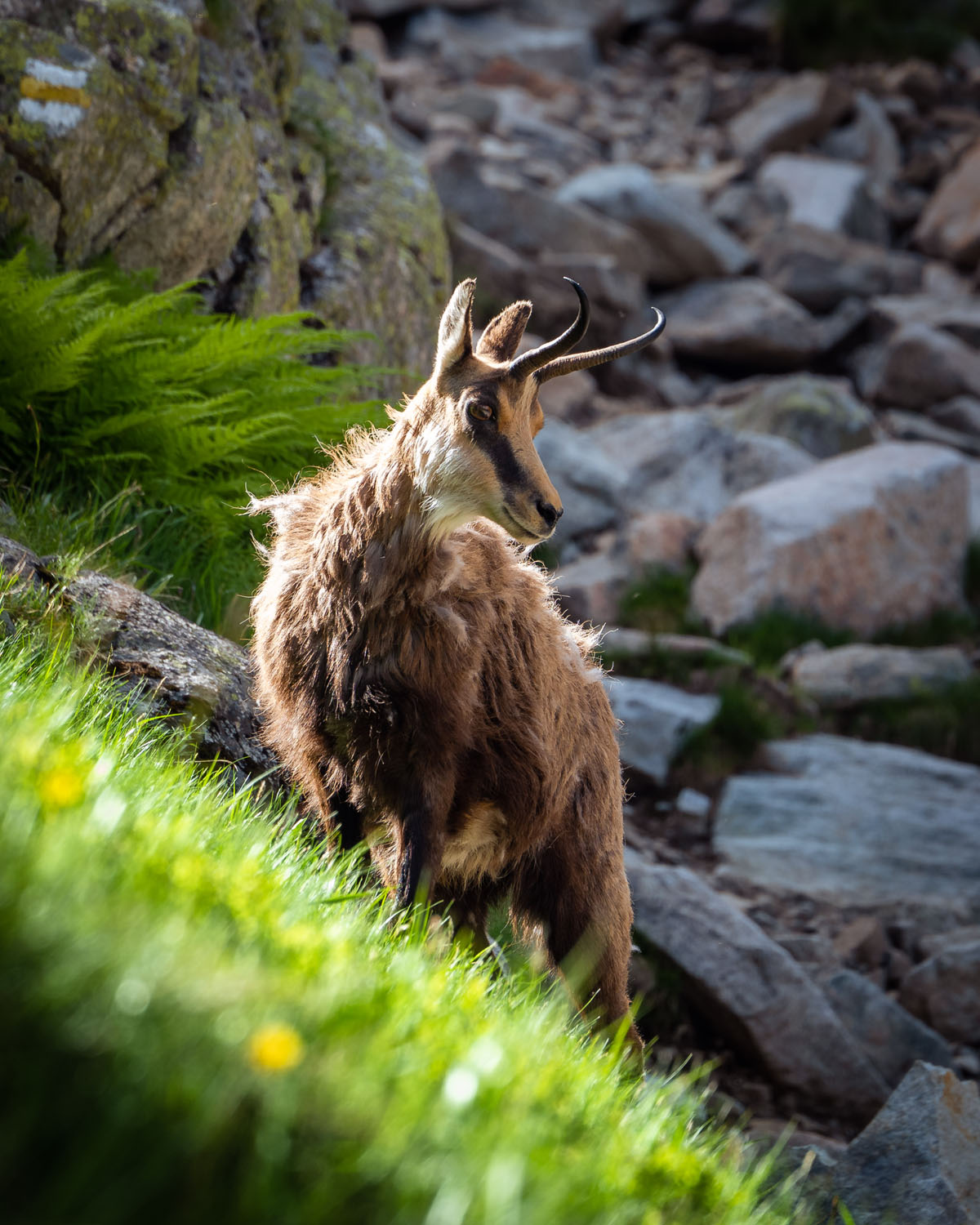

RIGHT: Olympus E-M1 MK II . Olympus Zuiko 75-300mmF4.8-6.7 @200mm . F/9 . 1/50” . ISO 250
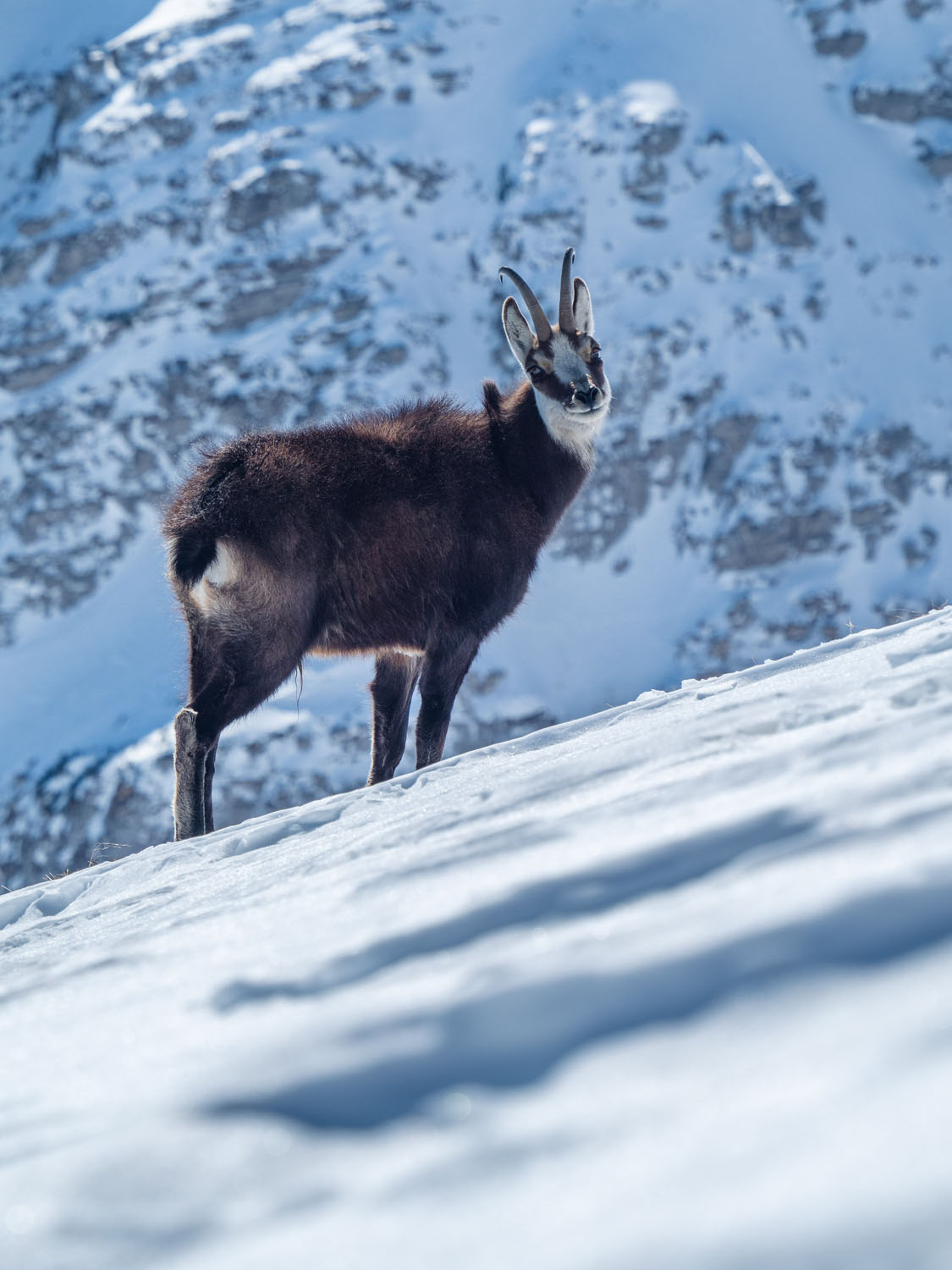
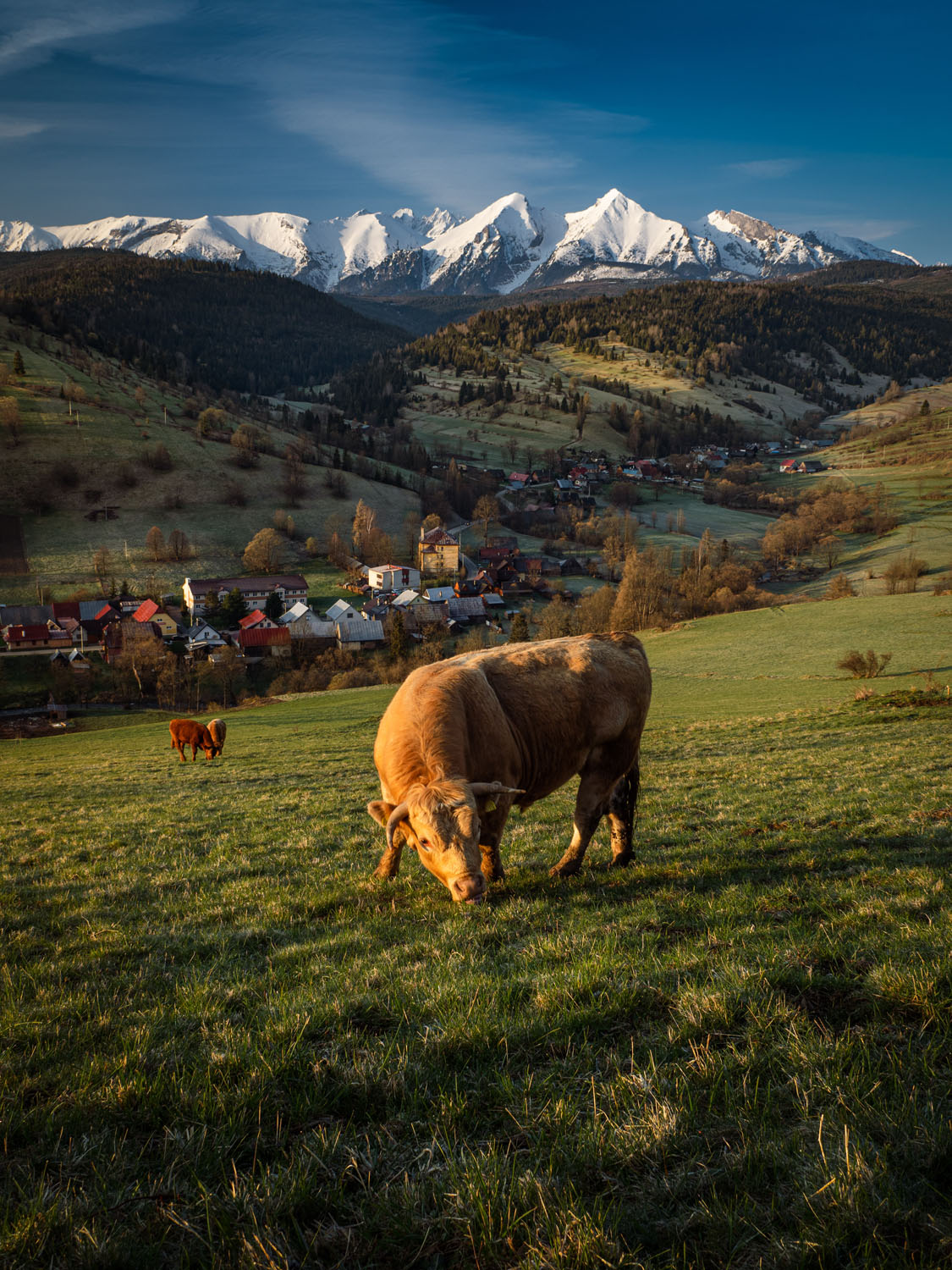
RIGHT: Olympus E-M1 MK II . Olympus Zuiko 14-150mmF4.0-5.6 @17mm . F/8 . 1/25” . ISO 100
Other mountains? I’d definitely like to go to other parts of the world, Switzerland with the famous Matterhorn is planned (I’m not talking about just getting to the top, but who knows… it would certainly be a great adventure) and the Dolomites in Italy, and they are the place I would like to visit first.
My passion for photographing mountains started with a smartphone, which taught me a lot, because it is true that the equipment itself does not take pictures, and the level of taking a photo is determined by completely different factors or skills. It’s not enough to stand still and click on your phone, you have to show creative thinking, ingenuity, your own invention, the ability to look for the stage, light, settings of the equipment itself. It is not an art to duplicate the same frames many photographers have taken before us, but to do something completely different, new and fresh. This thought took me a long time to germinate, but in the end, I decided to buy a camera! The first with interchangeable optics! A dilemma arose – what would be it…?
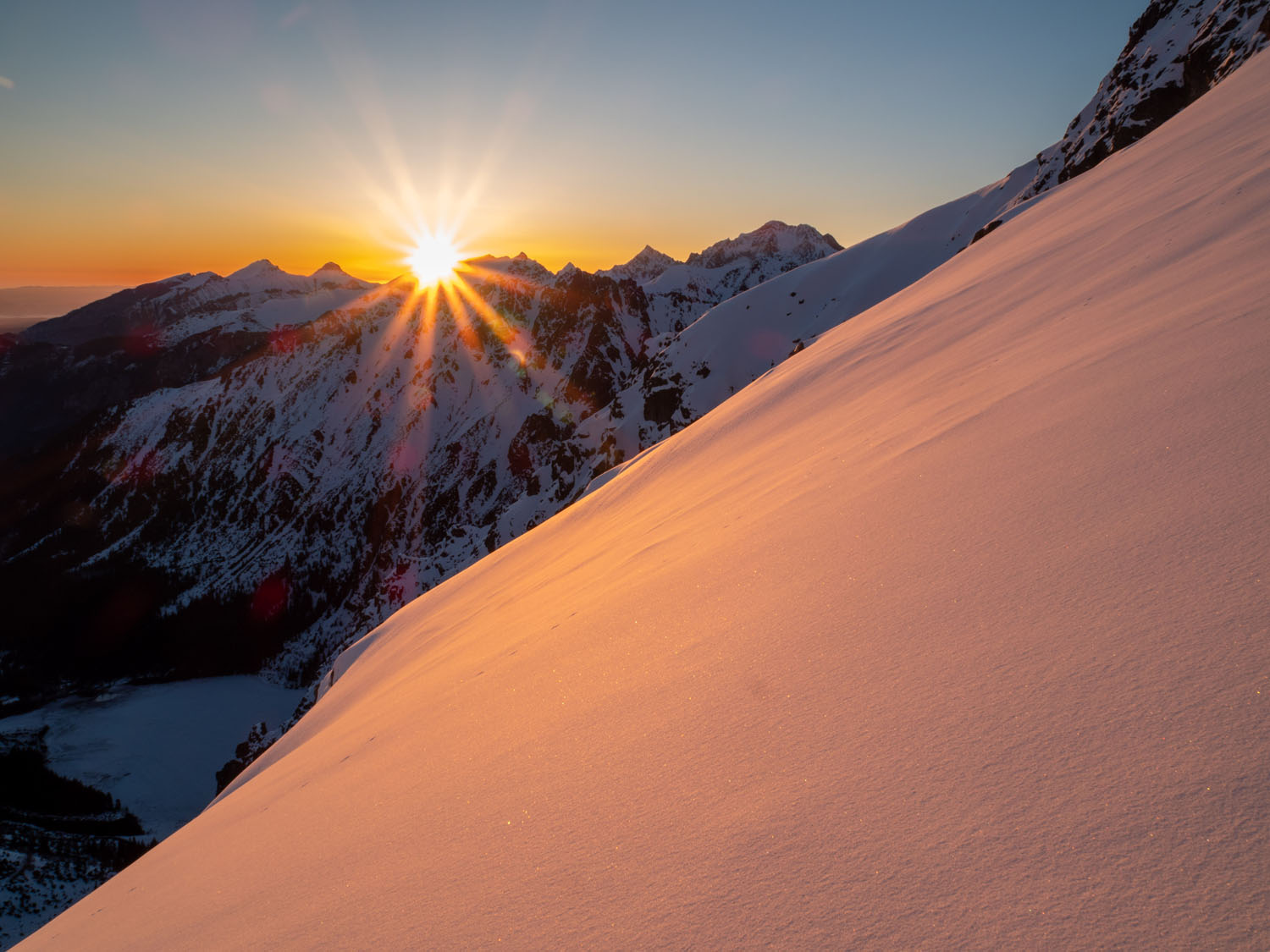
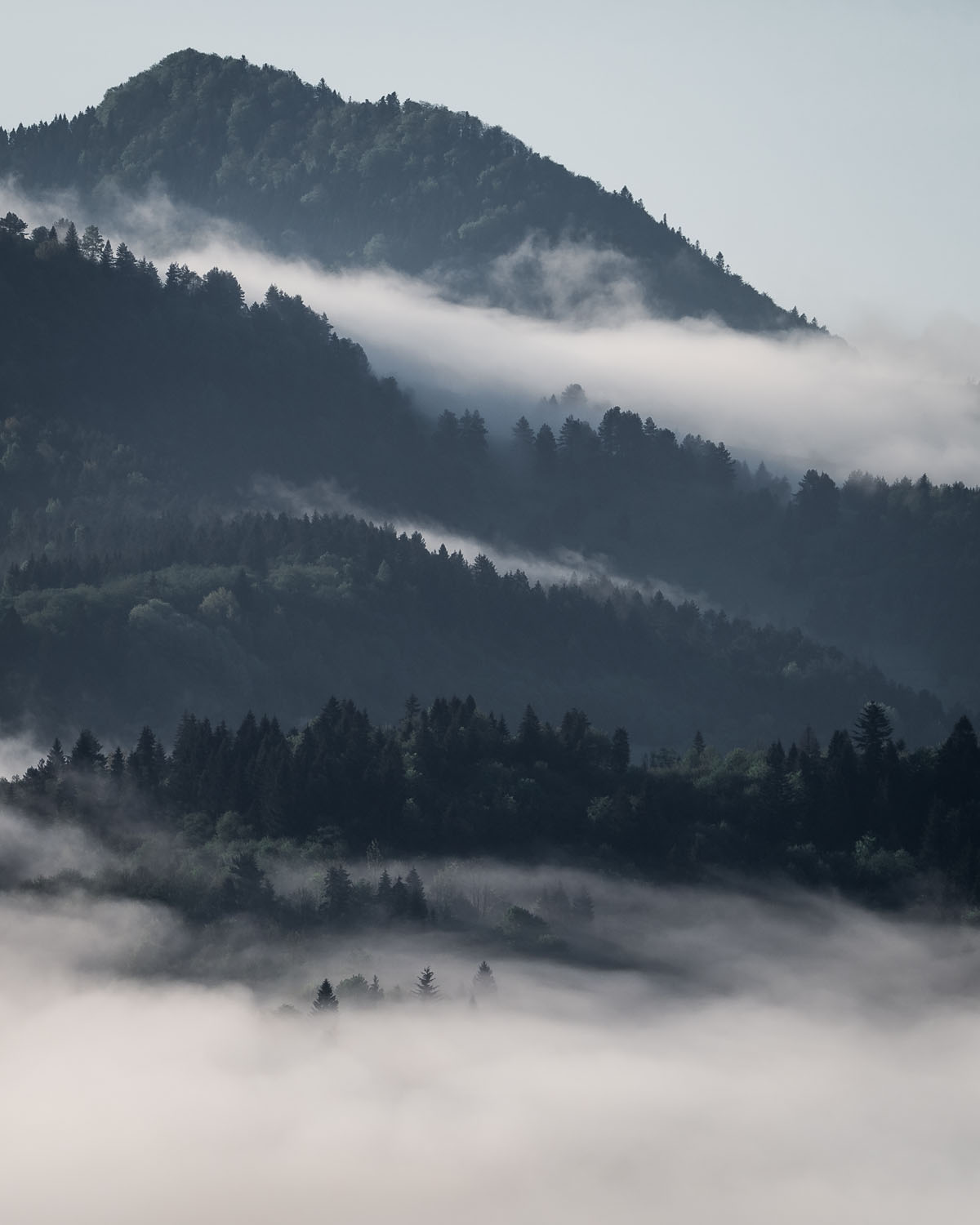
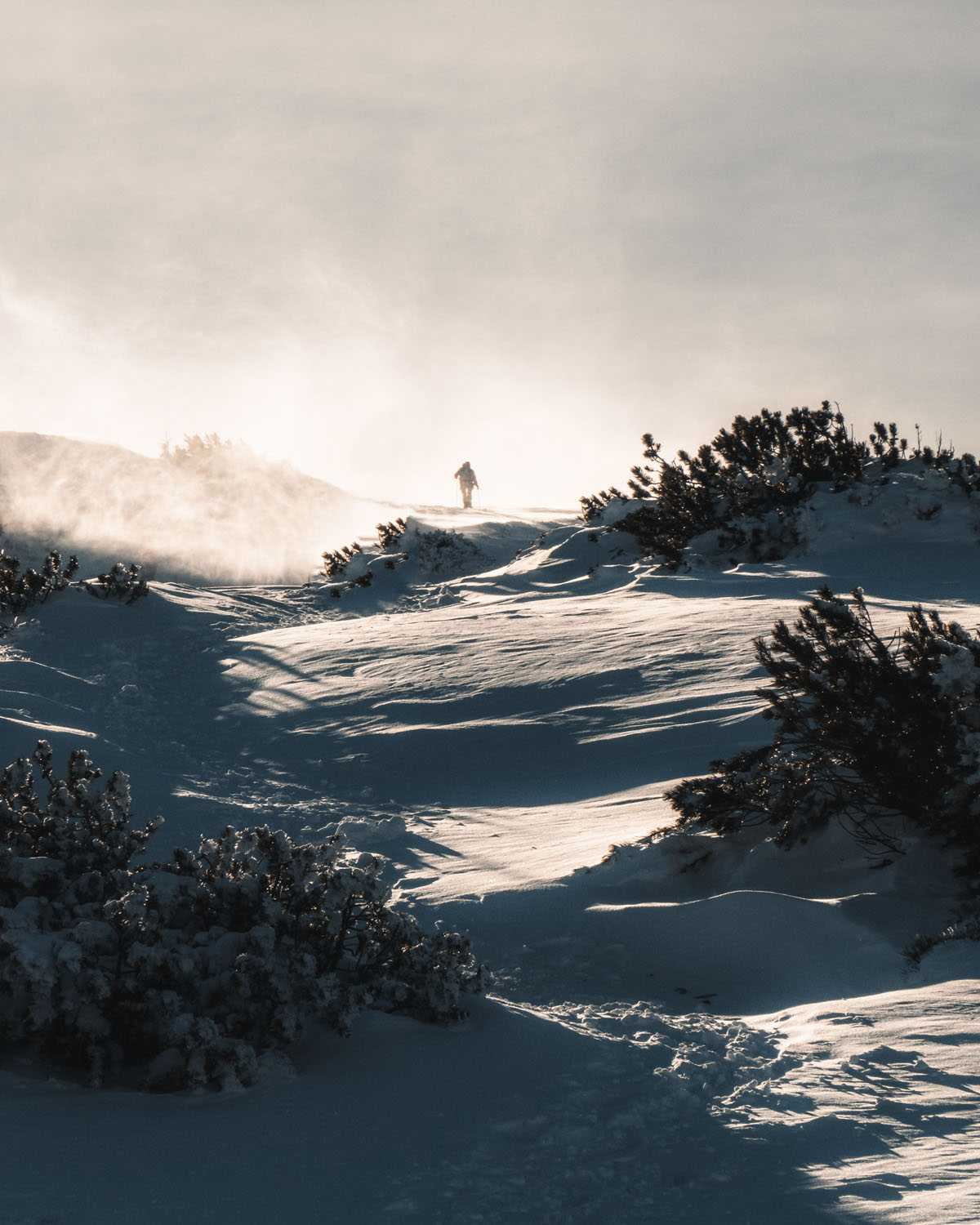
RIGHT: Olympus E-M10 MK III . Olympus Zuiko 14-150mmF4.0-5.6 @150mm . F/16 . 1/1250” . ISO 640
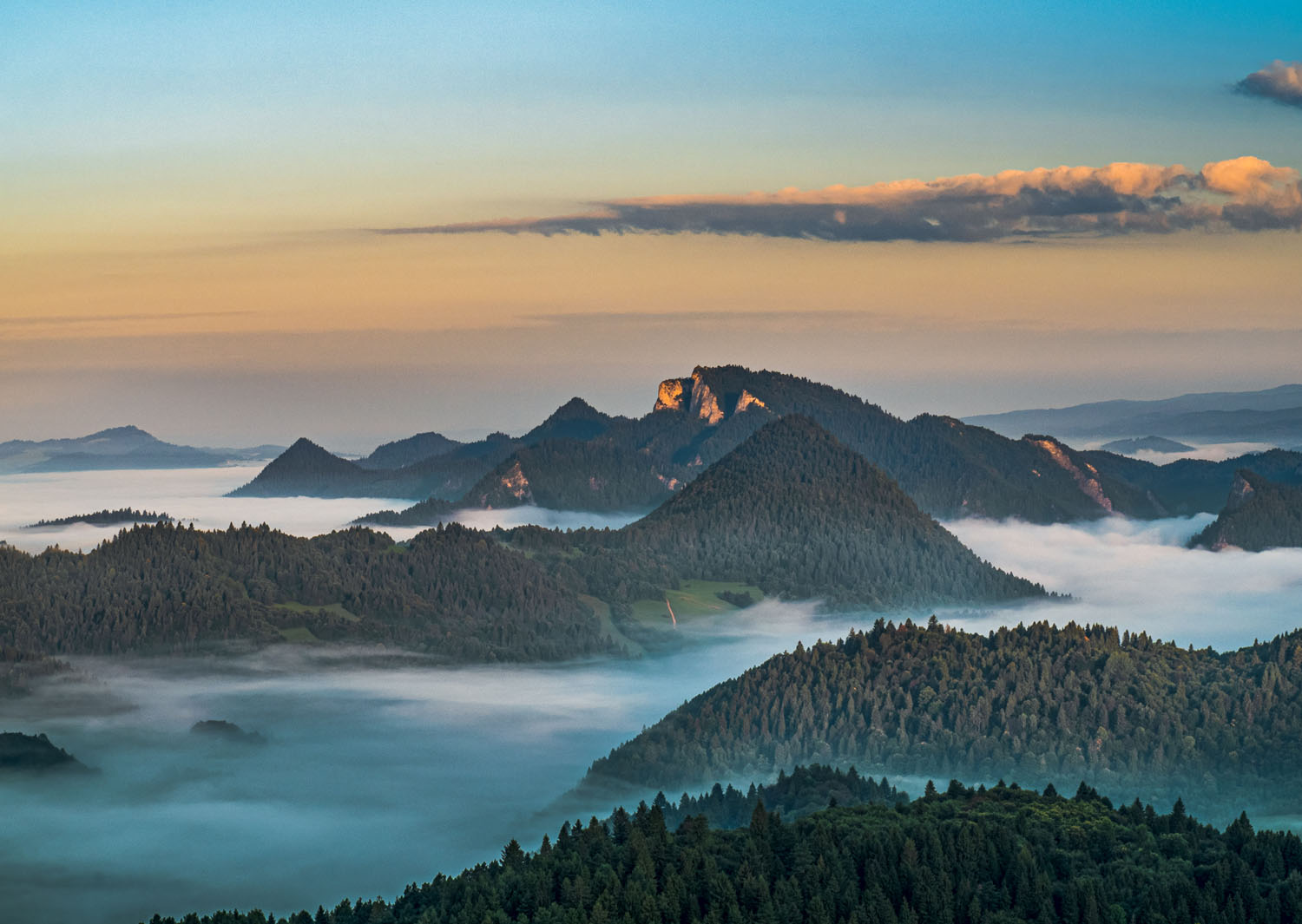
After a lot of analysis in my head, reading a lot of articles from websites dedicated to photography, reviews on websites and consultations – I literally went crazy; I didn’t know which one to choose, but in the end, I chose the Olympus brand from the M43 system and in this way, me and my “Olek” have been hiking in the mountains for over two years.
Initially, it was the Olympus OM-D E-M10 Mark III model, then I “switched” to a different class of bodies from Olympus, and more specifically the choice fell on the Olympus OM-D E-M1 Mark II body due to the technical features of this equipment, including a sealed housing, water resistance, and the matrix itself.



RIGHT: Olympus E-M1 MK II . Olympus Zuiko 9-18mmF4.0-5.6 @9mm . F/9 . 1/10” . ISO 100
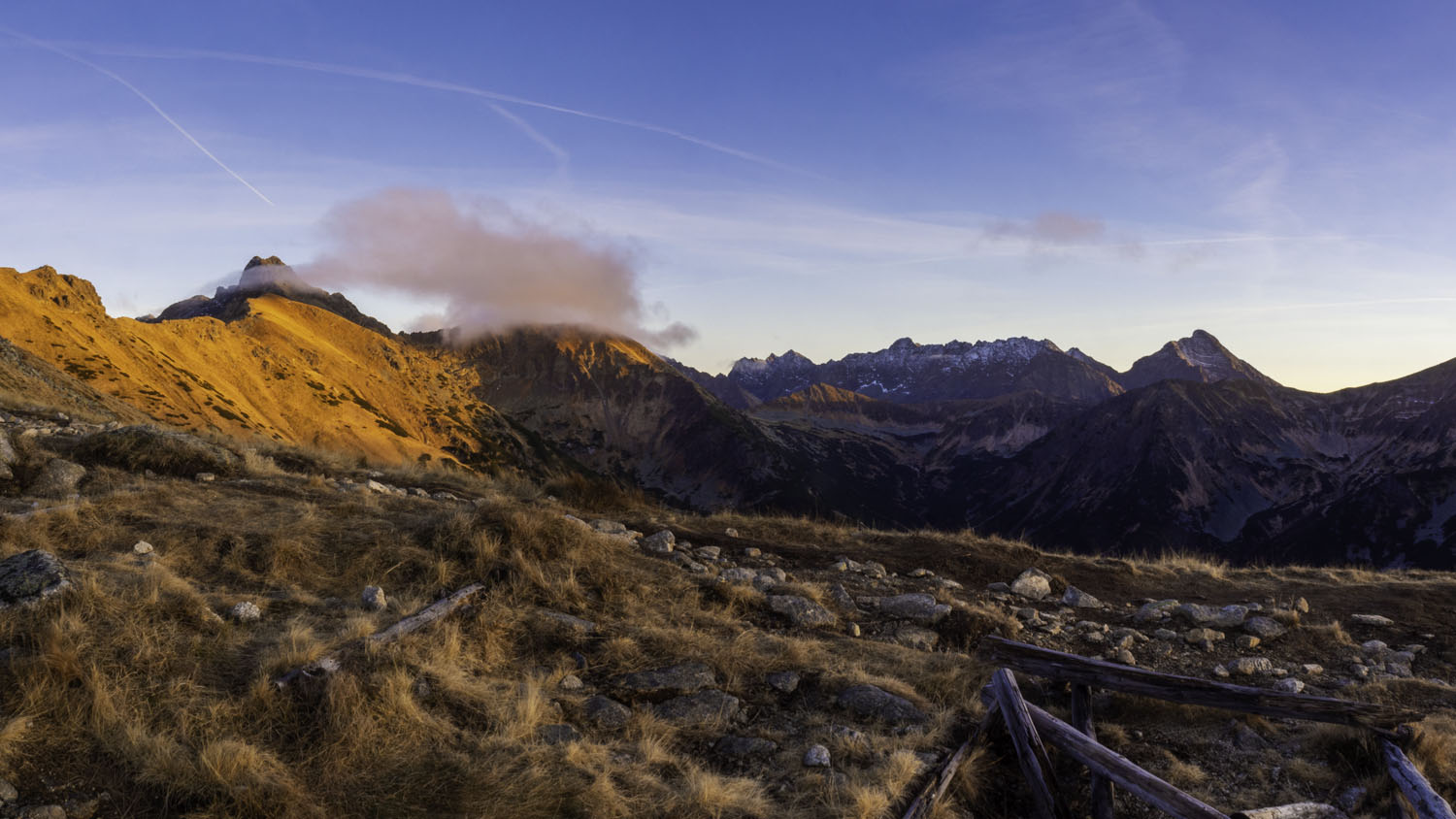
I appreciate Olympus cameras for the size of the body with the battery (574g in total) and lenses, also ultra-light. It should be emphasized that the weight of the equipment when it comes to the field of photography that I do is of great importance, especially if you know how much a backpack can weigh for a weekend trip to the mountains. A great advantage of Olympus bodies, as well as lenses from the PRO series, is also their sealed housing, thanks to which it is not afraid of frost, snow or rain, and this is one of the basic parameters that disqualify other brands at the very beginning. Image stabilization in the body and a separate one in the lenses, which is GREAT! The lenses fit in the chimney of the backpack in its upper part, and there are as many as 4 pieces (this is my case, but more on them later). Batteries that can withstand temperatures of -20 degrees Celsius are not a problem, and winter camping at the top can really give you a hard time. Of course, in such conditions, the number of photos will not be the same as on a sunny summer day, but it is more than enough for me, I have never had a problem with the battery running out too quickly, unless I forgot to pack it at all, because that’s exactly what happened… unfortunately.
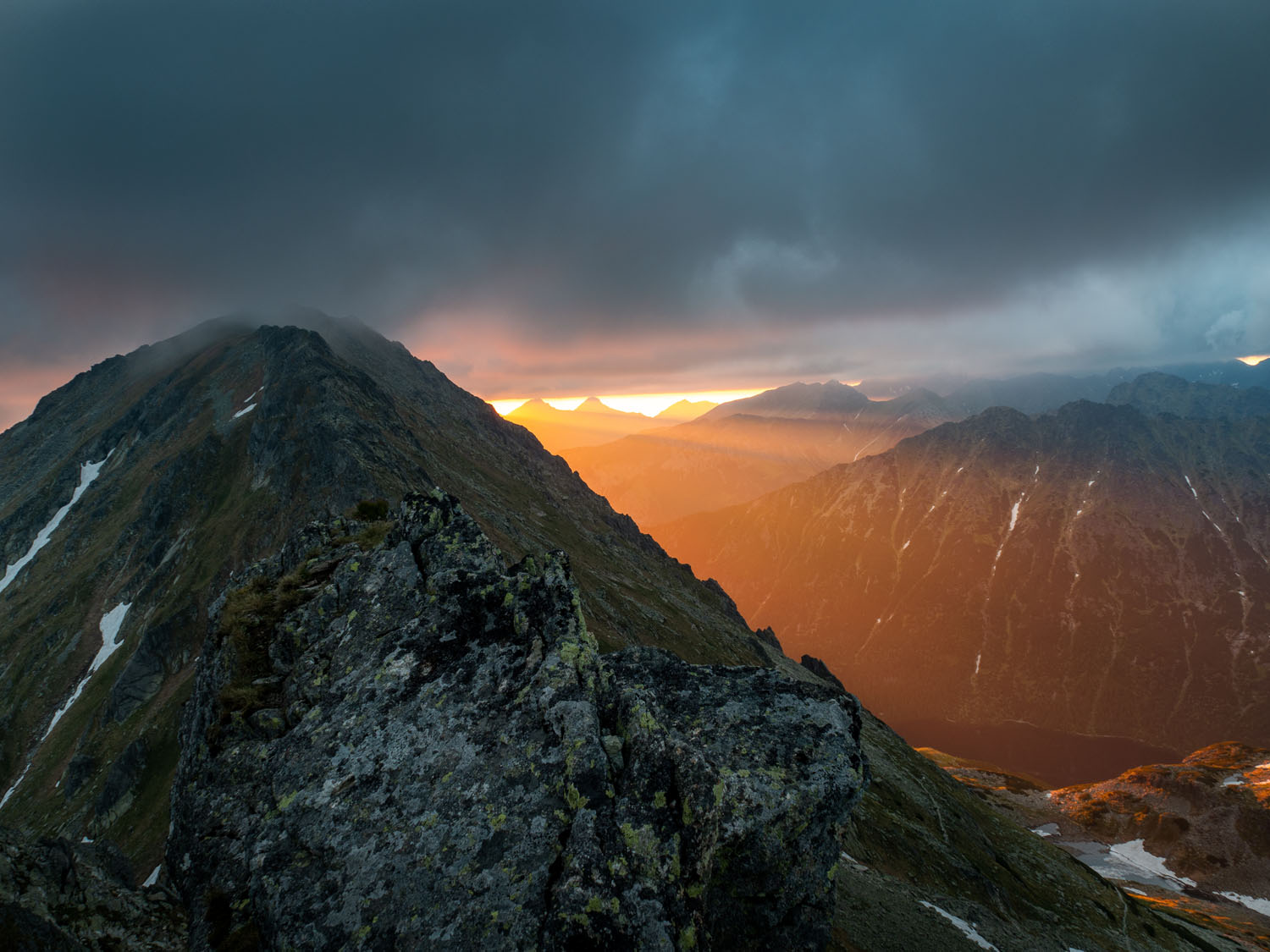
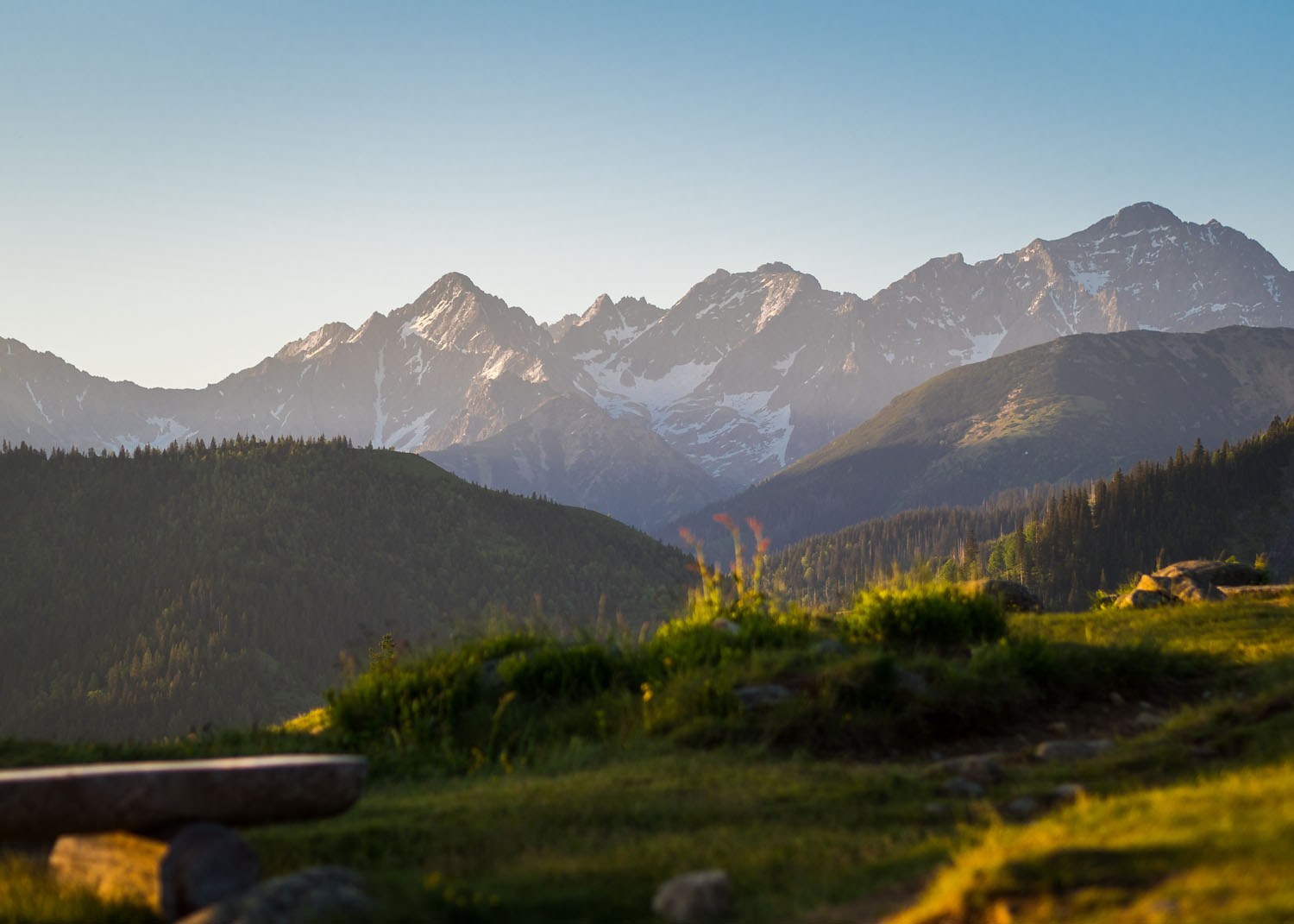
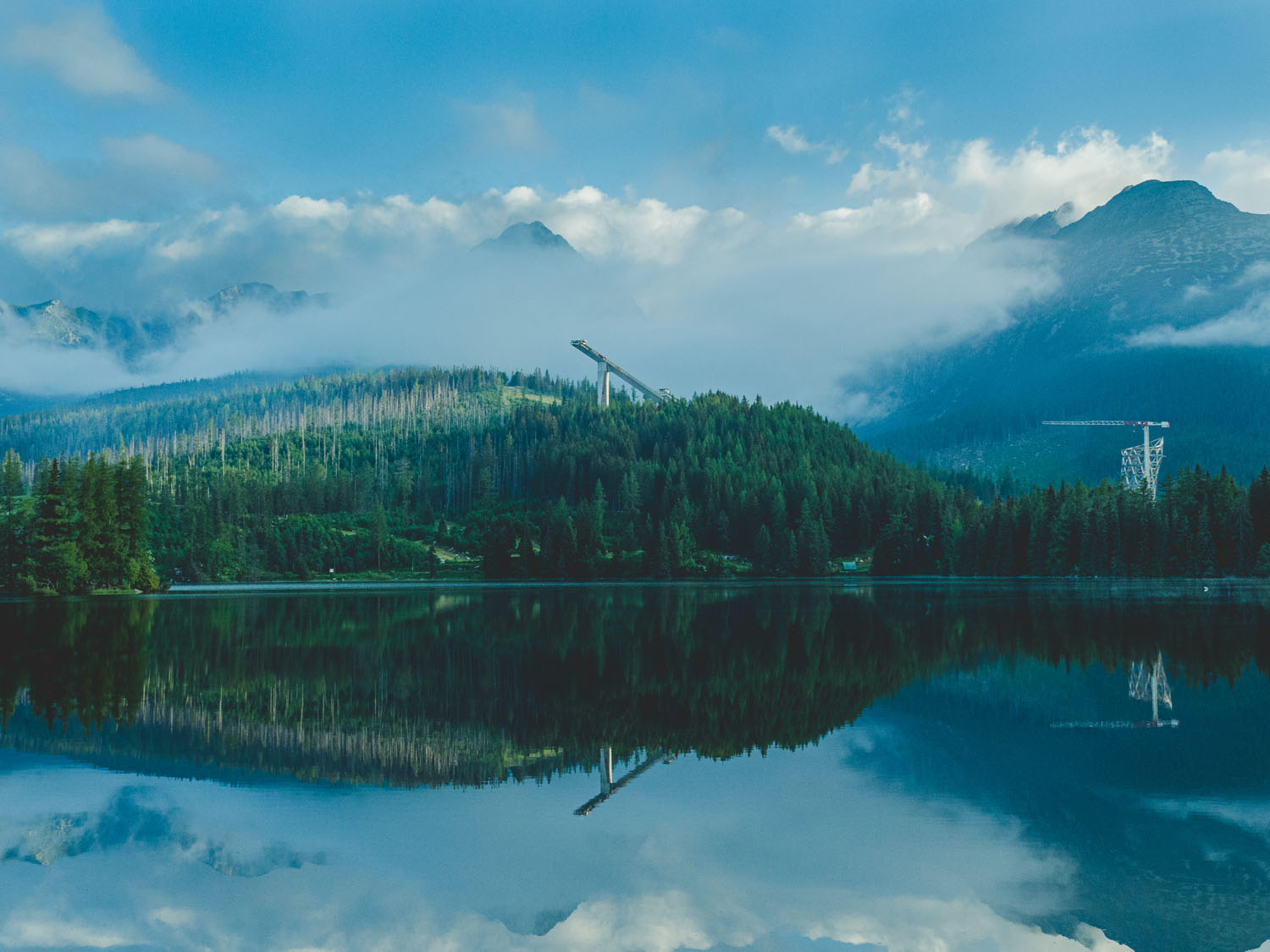
RIGHT: Olympus E-M10 MK III . Olympus Zuiko 14-150mmF4.0-5.6 @20mm . F/7.1 . 1/125” . ISO 800
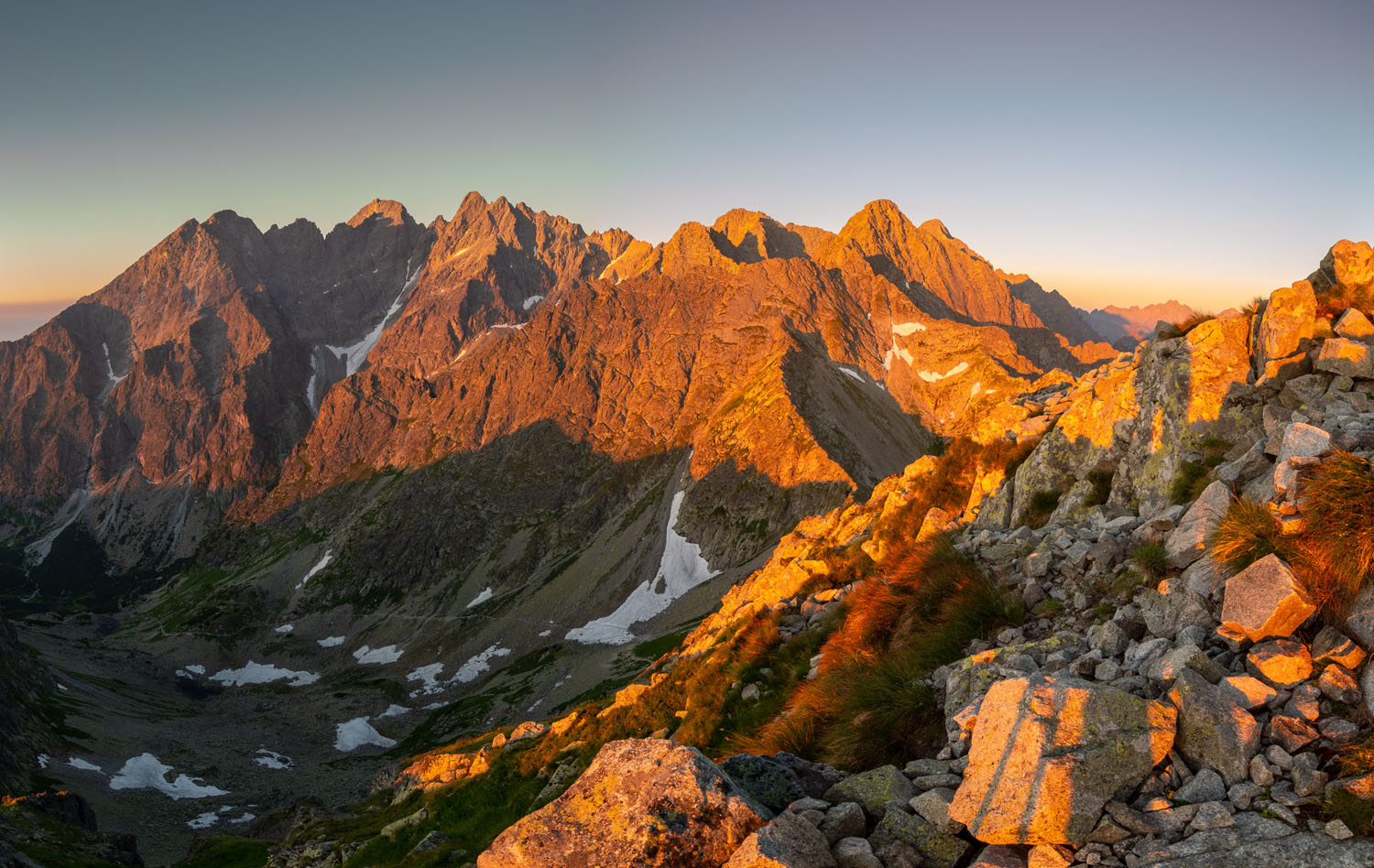
The equipment has never let me down, despite the bitter cold, wind and snowfall in winter, or the scorching sun and even heavy rain in summer. It always bravely serves with its reliability and comfort of work, ergonomically placed buttons are always at hand, and the body itself – despite working in often difficult conditions – does not show any signs of wear, as long as you put the right amount of effort into taking care of the equipment. I am a person who appreciates quality, and I certainly do not regret my choice and the trust I placed in the Olympus brand.
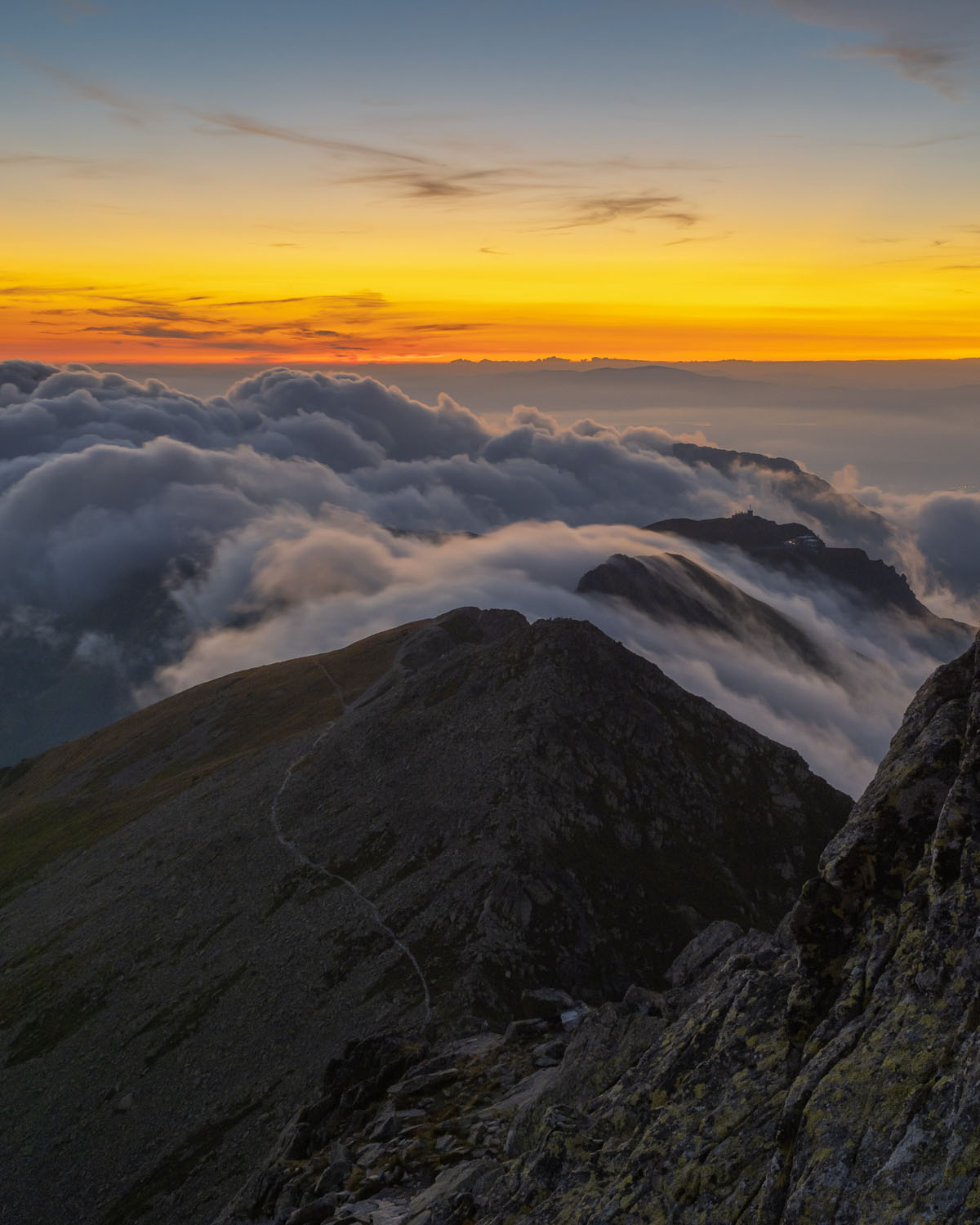

RIGHT: Olympus E-M1 MK II . Olympus Zuiko 14-150mmF4.0-5.6 @14mm . F/7.1 . 1/30” . ISO 100
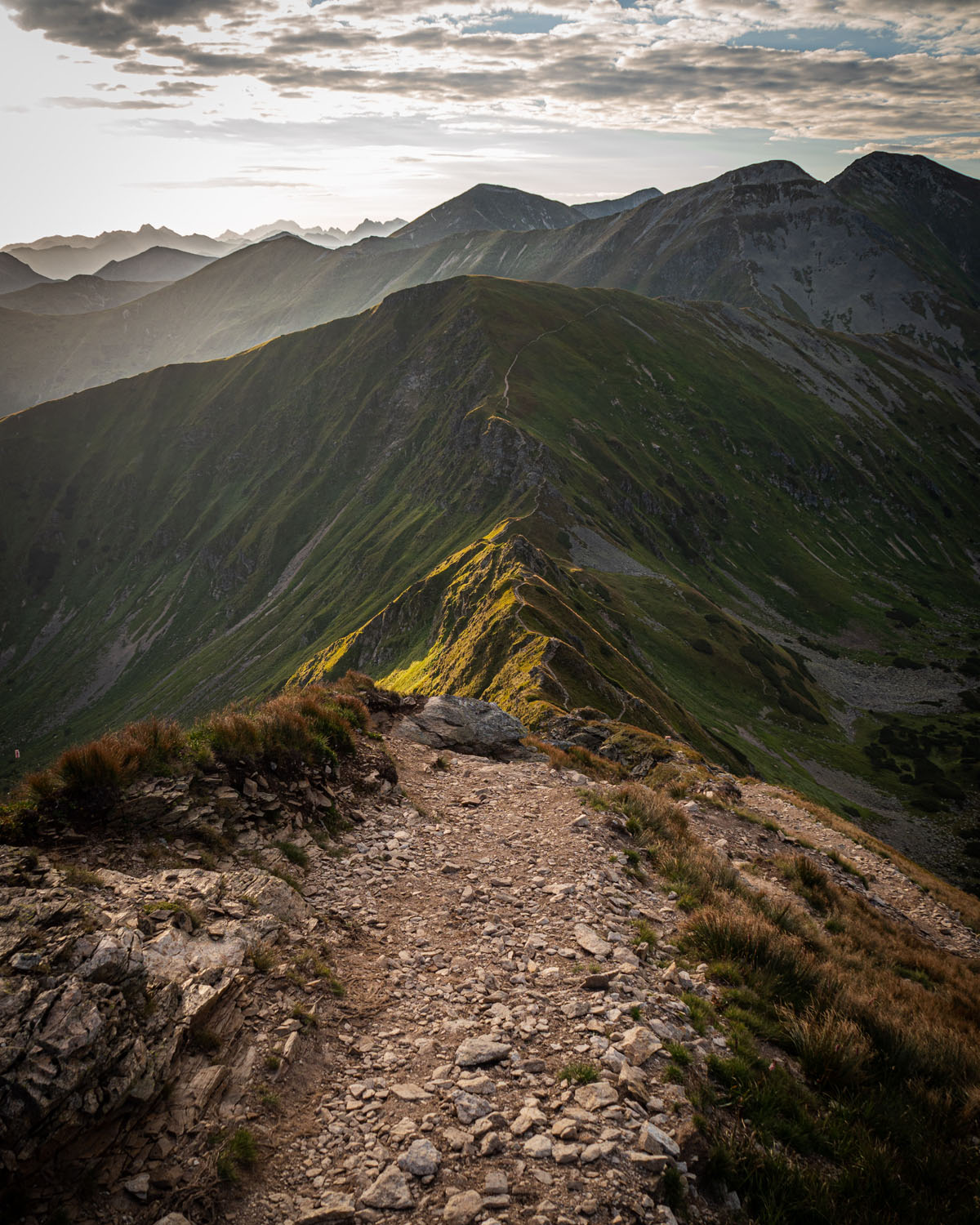
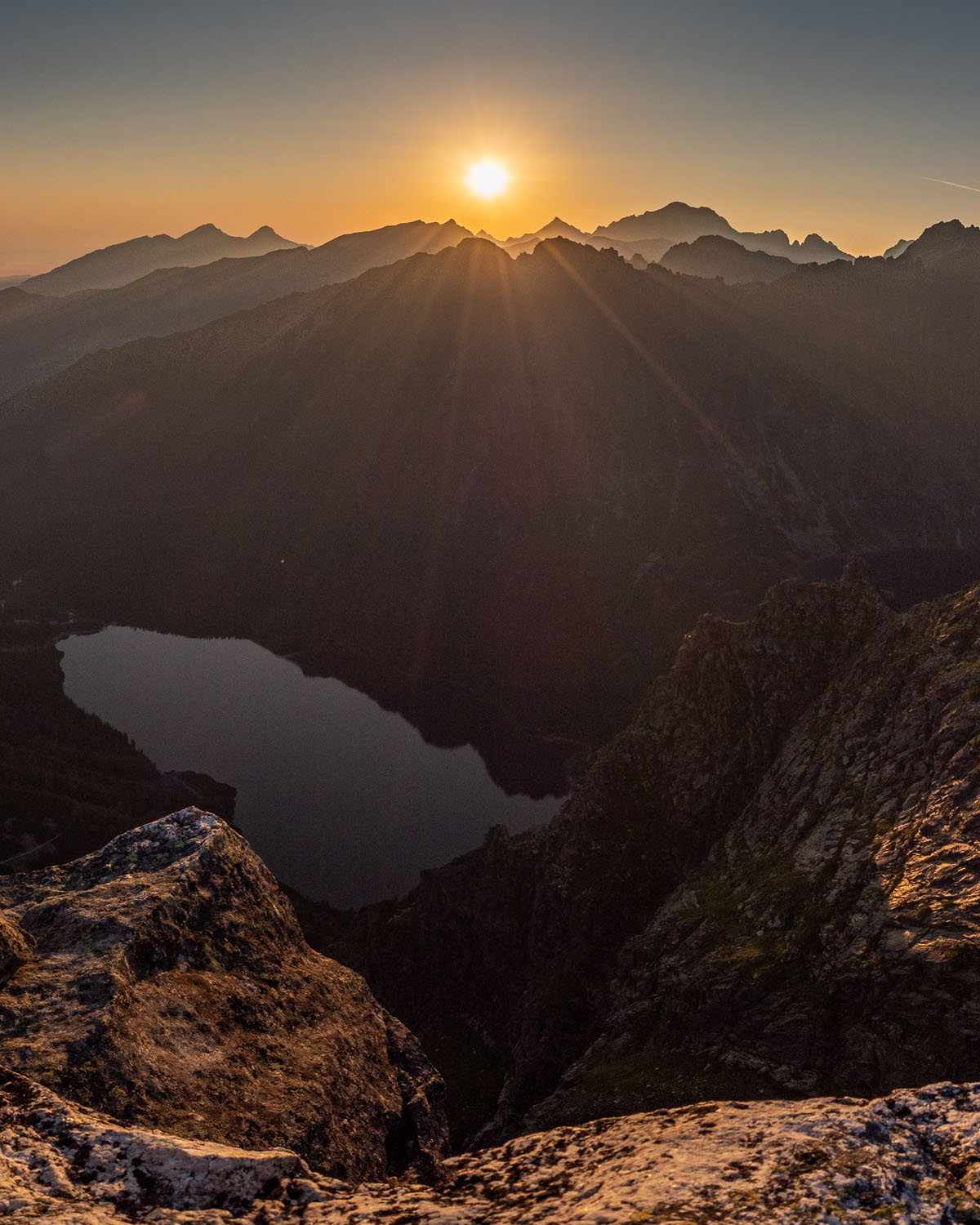
RIGHT: Olympus E-M1 MK II . Olympus Zuiko 9-18mmF4.0-5.6 @9mm . F/6.3 . 1/1000” . ISO 200
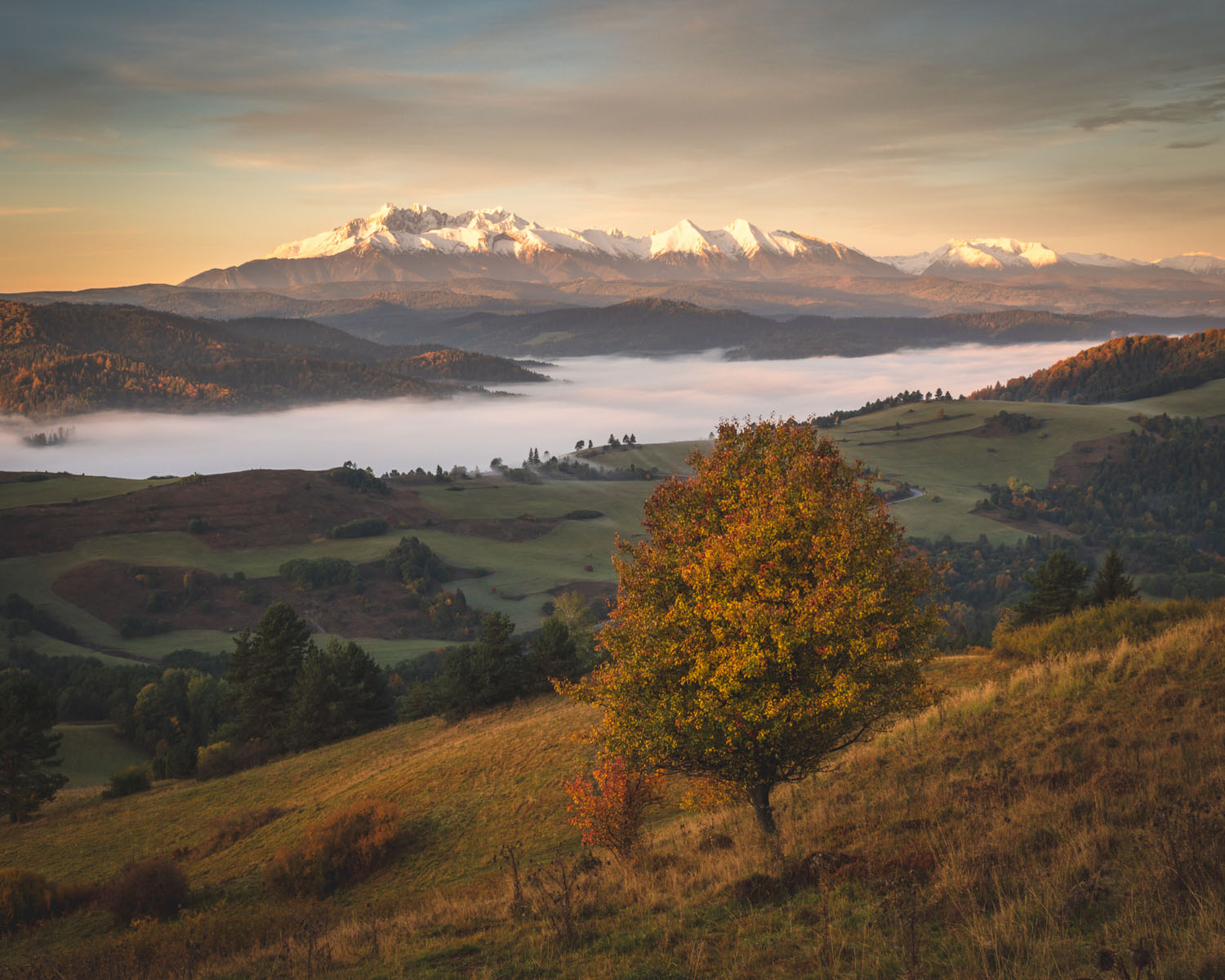
Honestly, I don’t have a comparison to other systems, because I’ve never had the opportunity to test cameras from other manufacturers, I see photos taken by other photography enthusiasts with different sensor systems and they are just as nice as those from Olympus. It is known that each of the systems has its pros and cons, each of us who take photographs expects something different, and in fact, the equipment determines about 30% of the success of creating good quality, beautiful photos. Stabilization, which quite often brings benefits, is great, and I would like to point out that I don’t take full advantage of its capabilities, I only know that in the latest OM-1 body, “handheld” photos of 2 or 3 seconds are no longer a problem, and in the past it was completely impossible and difficult to imagine. At this point, I do not hide the fact that I would like to check it out. Multiple modes, a silent shutter that doesn’t scare away animals, HDR photos, high-speed continuous shooting, fast and accurate AF with multiple focus points, real-time image preview, LIVE COMPOSITE mode and many other features that make the iconic but aged E-M1 Mark II body a photo harvester.



RIGHT: Olympus E-M1 MK II . Olympus Zuiko 14-150mmF4.0-5.6 @14mm . F/5.6 . 1/125” . ISO 100

As for the disadvantages that I can see, it is certainly the amount of noise in night photos or in poor lighting with M43 sensors (I don’t know how it is in newer bodies, but from what I’ve heard, apparently better), but there are already software on the market that can deal with this problem – I haven’t personally tested them. Personally, I don’t take many photos of this type, so it doesn’t bother me much, but it could be improved, if there is such a possibility at all, and the sensor itself could have a higher resolution, which would help when framing photos, where we already lose quality. I’m thinking about what else I could “complain about” and basically nothing else comes to mind, or maybe the price of the lenses from the PRO series could be a little lower, not to mention the price for a 150-400 mm telephoto lens, but it is known that a high price is followed by a correspondingly high quality.
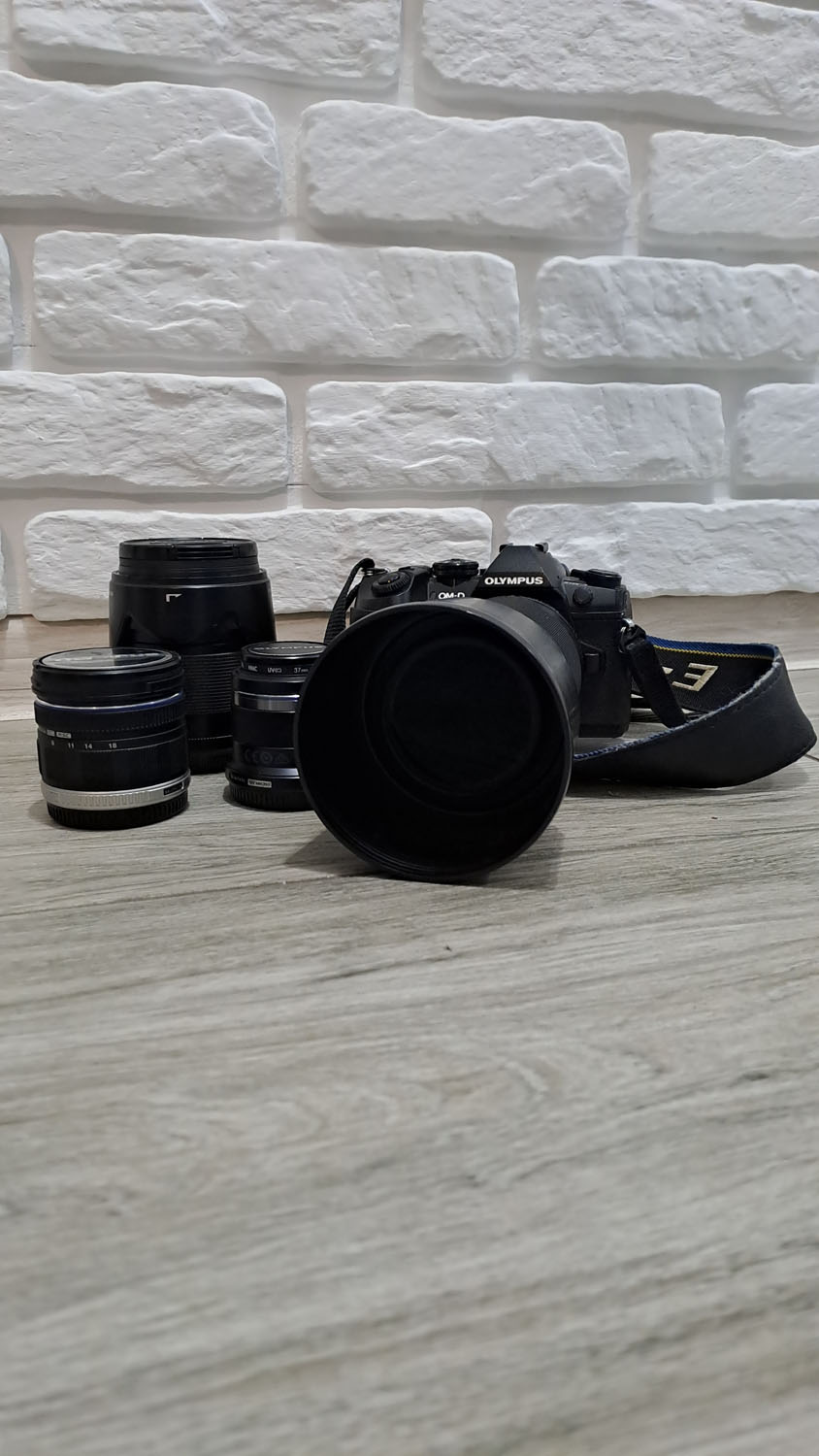
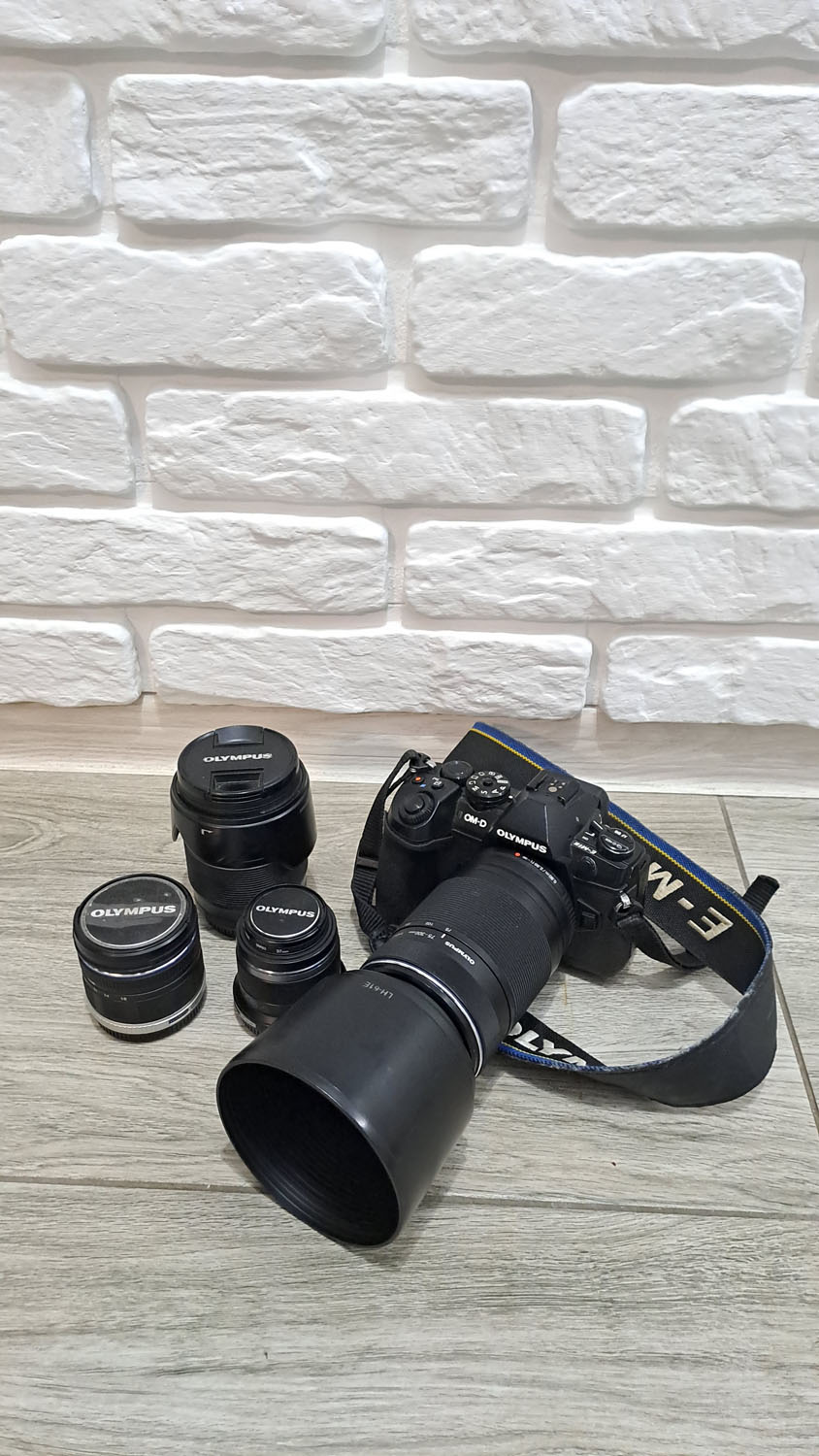
When it comes to the topic of what I take on my mountain hikes, I will limit myself here to the photo equipment itself, which will easily fit in any backpack, even the small 20-liter one, and I’m not kidding here.
For my mountain trekking, I always take a set of 4 lenses with me:
● Olympus Zuiko Digital 9-18mm f/4-5.6 ED
● Olympus M.Zuiko Digital 45mm f/1.8
● Olympus M.Zuiko Digital 14-150mm 1:4.0-5.6 II
● Olympus M.Zuiko Digital 75-300mm f/4.8-6.7 ED
And the aforementioned OM-D E-M1 Mark II body with two batteries. I also use a polarizing filter, a Sirui Traveler Carbon AT125 tripod and … that’s all. There are plans to buy or exchange for others, time will tell. I mostly use Olympus M.Zuiko Digital 14-150mm 1:4.0-5.6 II glass. From the very beginning, I really liked this lens, I like the wide range of work it has: from a wide angle to a nice zoom that helps when suddenly a chamois runs in front of you and you don’t have time to change the lens. I’ve been using the Olympus Zuiko Digital 9-18mm f/4-5.6 ED lens quite a lot lately, it has an even wider angle of view than its predecessor, which works well on crisp mornings, when shooting when you need to capture a lot of detail. In addition, I like the effect of light splitting when working against the sun. The photos that come out of this “can” are of great quality. When I can afford to have closer encounters with animals and I know that I won’t scare them away with my person, I attach a fixed focal length glass Olympus M.ZUIKO DIGITAL 45mm f/1.8 – this ultra-light, compact lens, not much bigger than a packet of matches. I like it for such photos, while for photos with a high zoom and those cut out of the frame, I use my largest telephoto lens, namely the Olympus M.Zuiko 75-300mm f/4.8-6.7 ED, for the focal length (600mm FF) the lens is also very small, it is quite dark at the end of the focal length and then the photos are of average quality, but in good lighting conditions, it can take really exceptional photos.
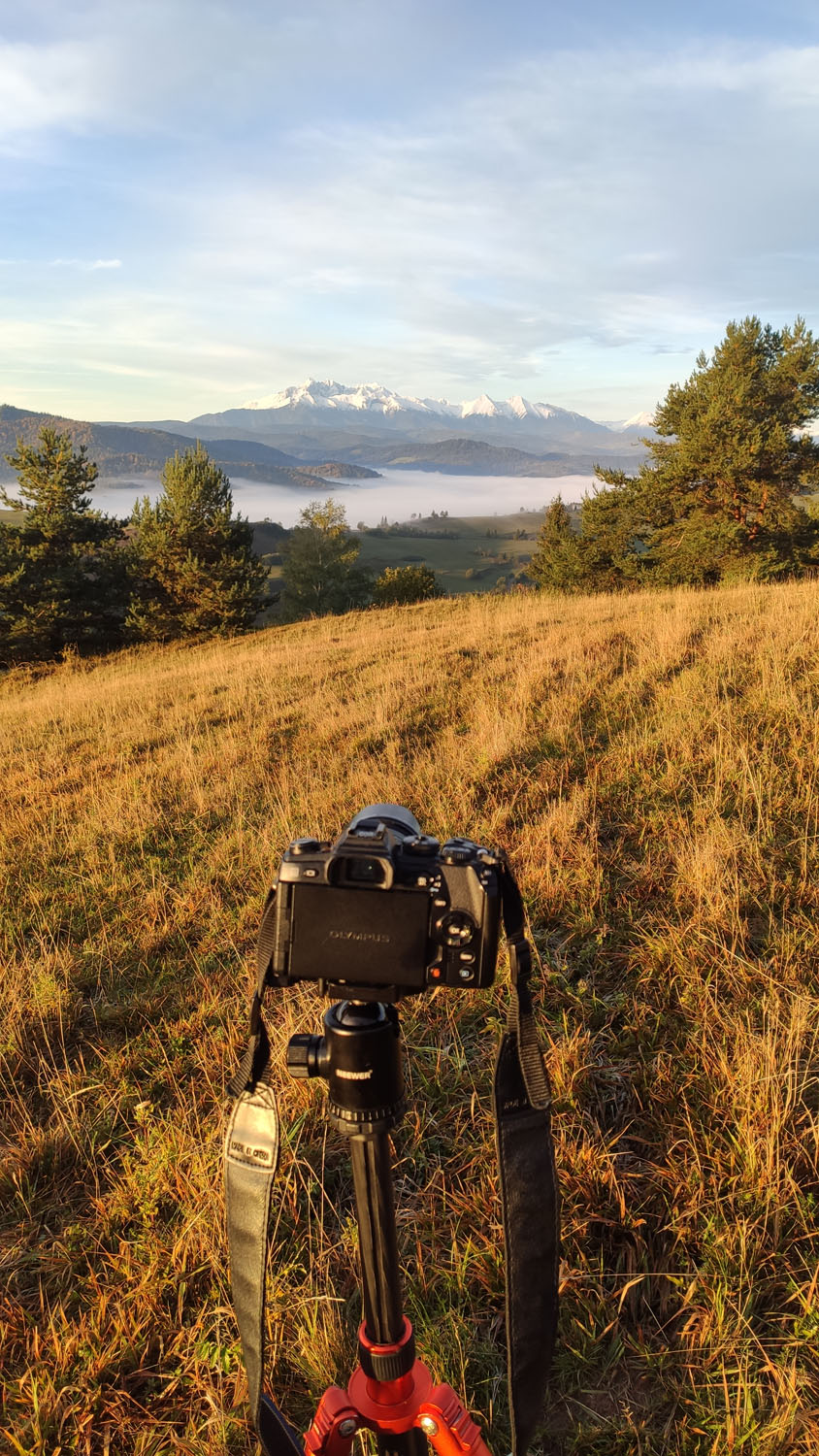

After a trip to the mountains, there comes a time when I want to share my photos with the world. It’s not always possible to rip the photos immediately after returning from the trip, sometimes I get down to them after a week or even later. The first thing I do after ripping photos from a memory card to the library is to go through all the photos carefully and eliminate any blurry or shaky ones. Then I try to group the photos in order that I like the most, the next stage is a typical processing that can take a lot of time, and it’s not just two photos, although I still limit the number of shutter button presses. I edit my photos in two programs: Adobe Lightroom and Photoshop. I try to approach each photo individually unless they depict the same scene. Sometimes I let my imagination run wild, but in general, I like naturalness in photos, I adjust the parameters, I impose a few masks to emphasize the frame, at the end, a small cosmetic and the photo is ready. At the moment, I don’t need anything else, the capabilities of these programs are more than enough for me.
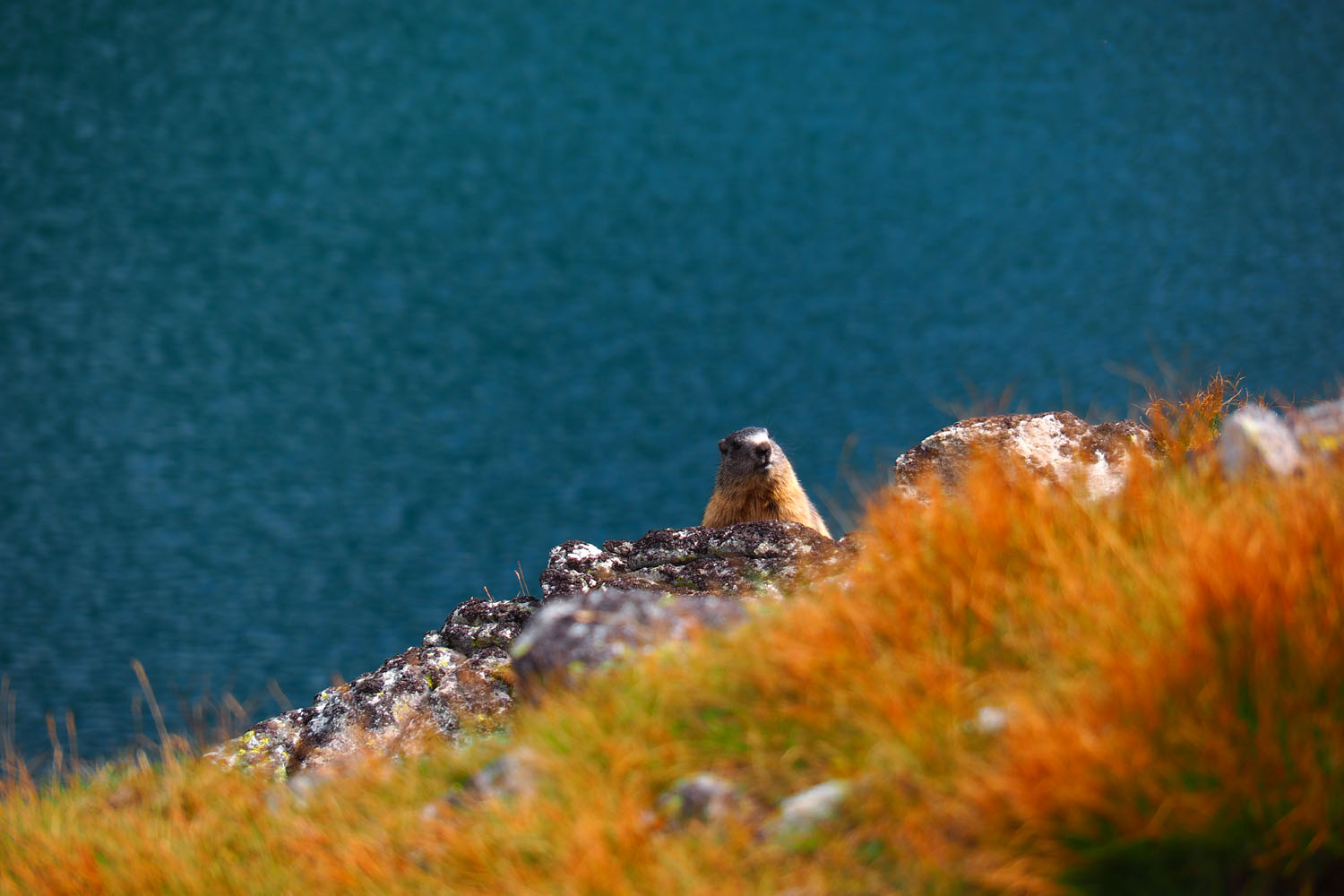


RIGHT: Olympus E-M1 MK II . Olympus Zuiko 9-18mmF4.0-5.6 @14mm . F/4.9 . 33” . ISO 100
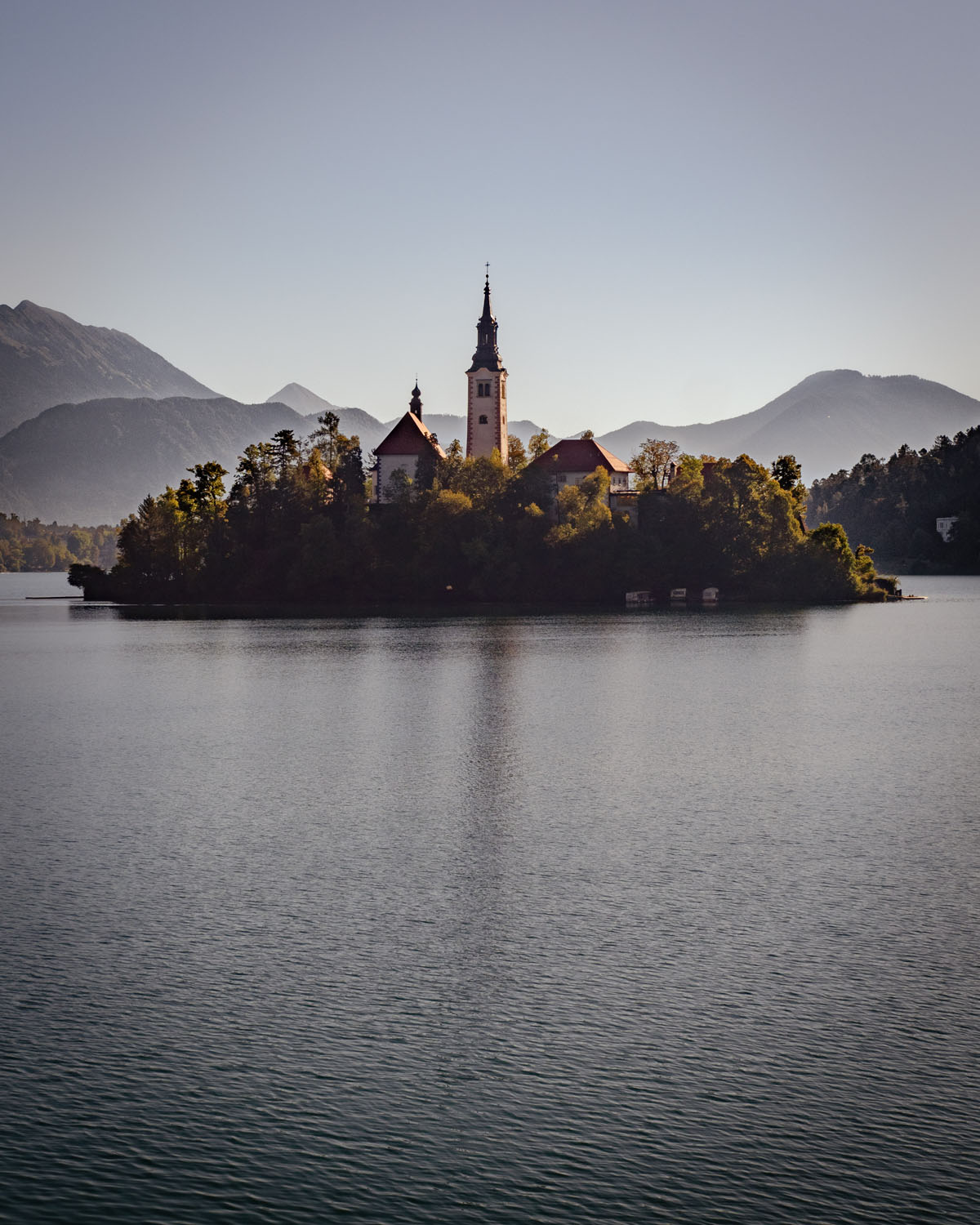

RIGHT: Olympus E-M1 MK II . Olympus Zuiko 75-300mmF4.8-6.7 @281mm . F/6.7 . 1/125” . ISO 400
If you have made it to this paragraph, I am very pleased because this is my first article. Moreover, I am writing about myself, which is not easy for a layman in this field. Thank you very much to the entire Olympus Passion editorial team for making this possible. Greetings to all mountain enthusiasts, photography enthusiasts and users of Olympus equipment. See you on the trail and somewhere in the world!
Przemek
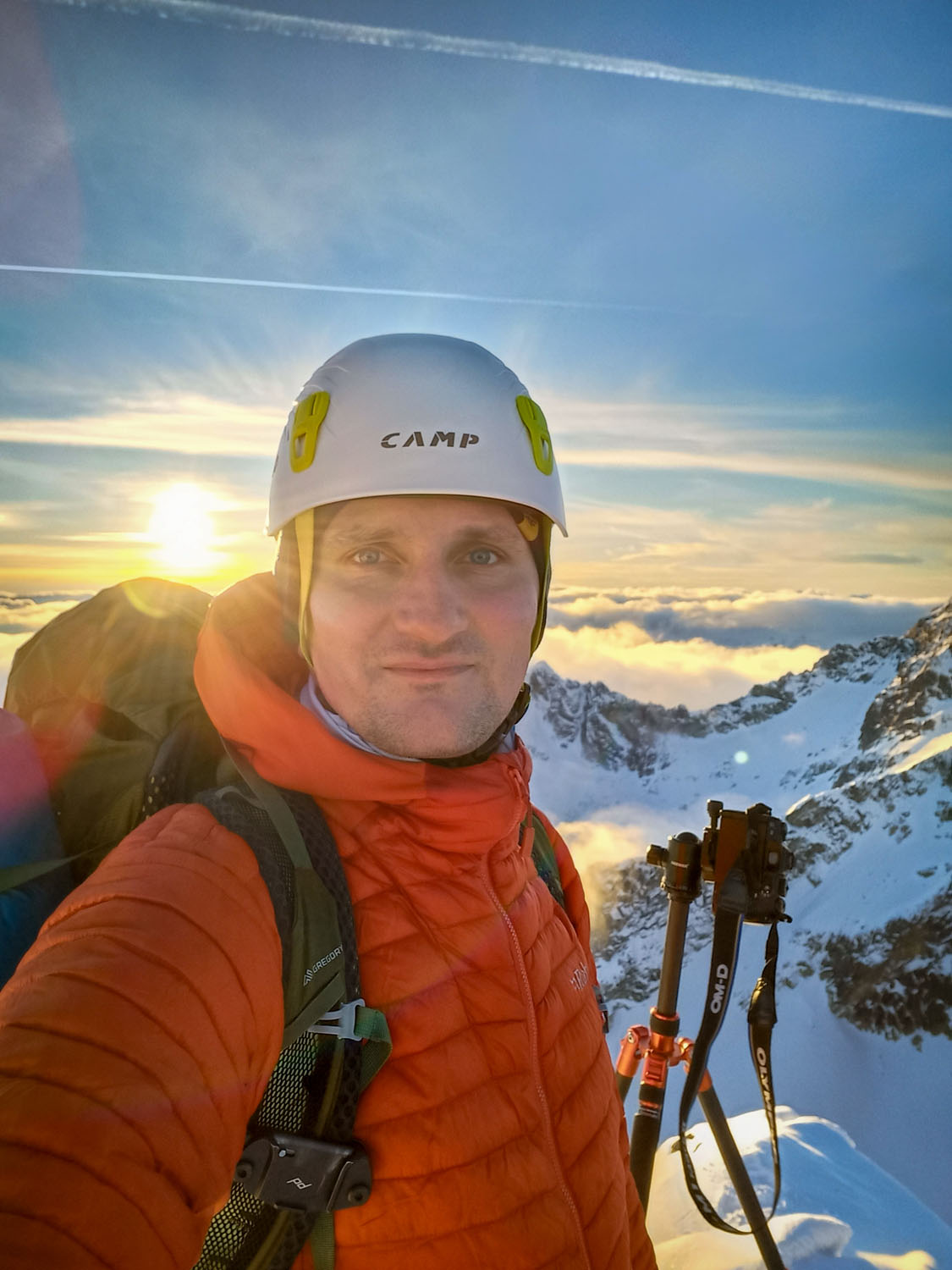
Polish Version
Cześć, mam na imię Przemek, mam 35 lat, pochodzę z pięknego rejonu Polski, jakim jest historyczne Jaworzno, miasto położone w południowej Polsce na Wyżynie Śląsko-Krakowskiej w województwie śląskim.
Kilka słów o mojej osobie: z wykształcenia jestem inżynierem bezpieczeństwa i higieny pracy, natomiast moja obecna praca zawodowa niewiele ma wspólnego z moim wykształceniem (często w życiu tak bywa), prowadzę własną działalność gospodarczą, która pochłania sporo czasu. Każdą wolną chwilę poza pracą staram się wykorzystać na świeżym powietrzu, ponieważ bardzo lubię aktywne spędzanie czasu, cenię sobie ciszę i spokój, więc kiedy tylko czas pozwala, pakuję plecak, ubieram buty i uciekam w góry. Poza pracą majsterkuję, jeżdżę na rowerze i staram się poszerzać horyzonty podróżując w zakątki południowej Polski, jednak to, co w znacznej mierze pochłania mój umysł to oczywiście szeroko pojęty outdoor: trekking po górach, spacery po lasach, obcowanie z przyrodą, zwierzętami i podziwianie jej piękna, fotografia krajobrazu, głównie tego górskiego, często o wschodzie, jak i zachodzie słońca, można by rzec, że wręcz uwielbiam te pory dnia w górach. Zdjęcia podczas złotej czy niebieskiej godziny to zupełnie inne zdjęcia niż te wykonane w ciągu dnia. Od niedawna polubiłem także różne wydarzenia kulturowe związane z tematyką gór, festiwale filmów górskich czy prelekcje z wybitnymi osobistościami związanymi ze światem górskim.
W Tatry po raz pierwszy miałem okazję wyjechać dopiero w szkole średniej, jednak były to wycieczki organizowane w latach, kiedy nastolatka interesuje wszystko, tylko nie to, dokąd zmierza. Potem temat gór ucichł na dobrych kilka lat i wrócił ponownie w sierpniu 2015 roku, kiedy to moje spojrzenie na góry nabrało zupełnie innego wymiaru za sprawą wypadu z grupką znajomych na najwyższy szczyt w Polsce, tj. Rysy. Od samego startu z parkingu góry skutecznie próbowały mnie zniechęcić do siebie – przeszkoda w postaci poważnego otarcia kostki już po kilometrze wędrówki, umówmy się skutecznie obniżyła komfort wyprawy, a na szczyt mieliśmy jeszcze około siedmiu godzin na szlaku i ponad 1500 m przewyższenia… „trudno” powiedziałem sobie i szedłem dalej.
Podczas wędrowania podziwialiśmy widoki znad Morskiego Oka, Czarnego Stawu Gąsienicowego, Buli pod Rysami, w końcu z samego wierzchołka, gdy po ciężkiej walcez własnymi słabościami zameldowaliśmy się na szczycie, dokonała się wspomniana przemiana w moim postrzeganiu piękna i potęgi gór. To był początek przygody, która trwa aż do dziś, przygody z ukochanymi przeze mnie Tatrami, o których wówczas tak niewiele wiedziałem, a tym bardziej nie myślałem, że pochłoną mnie aż w takim stopniu. Od tamtego czasu każdą wolną chwilę spędzałem, więcej – nadal spędzam w górach, głównie w Tatrach. To tam odpoczywam i oddycham pełną piersią, ładuję wewnętrzne baterie, a pomimo zmęczenia, po wielu kilometrach wędrówki z ciężkim plecakiem, mogę stanąć w upragnionym miejscu i powiedzieć, że było warto. Góry pobudzają do zadumy, do refleksji, inspirują, czasami nawet ciężko opisać co przeżywamy tam na szczycie, oczarowują nas swoim pięknem i zachęcają do pokonywania własnych słabości, nierzadko budząc lęk.
“W górach musisz wykonać pewien wysiłek bez zapłaty. Jest to mistyka, szukanie czegoś wyjątkowego. Do tego trzeba mieć wyobraźnię i filozofię życiową. Nie każdego na to stać, nie każdemu się chce. Bo w górach nie ma granic, tam się szuka wolności. A samo przebywanie w górach łagodzi, eliminuje agresję. Są elementy rywalizacji, ale rywalizacji z wyznaczonym celem, a nie z przeciwnikiem”. Krzysztof Wielicki
Po Tatrach, polskich i słowackich wędruję już od 8 lat i do wielu miejsc jeszcze nie dotarłem, a bardzo bym chciał, dlatego najczęściej staram się planować trasę do destynacji, w których jeszcze nie byłem. W tym roku postanowiłem wspiąć się na Mnicha (szczyt w polskich Tatrach Wysokich znajdujący się w Dolinie Rybiego Potoku) na wysokość 2068 m n.p.m., jego charakterystyczna szpiczasta czapa widoczna jest znad Morskiego Oka. Mogę powiedzieć jedno, widoki ze szczytu o wschodzie słońca były obłędne. Następnym zaplanowanym i zrealizowanym pomysłem było przejście szlakiem Tatr Zachodnich, z Wołowca przez Łopatę do Jarząbczego Wierchu oraz wyprawa na najbardziej wysunięty na północny-wschód masyw Tatr Wysokich, Jagnięcy Szczyt. To był udany rok, choć jest apetyt na więcej.Inne góry? Na pewno chciałbym wybrać się w inne zakątki świata, w planach jest Szwajcaria ze słynnym Matterhornem (już nie mówię o samym wejściu na szczyt, chociaż kto wie… z pewnością byłaby to świetna przygoda) oraz Dolomity we Włoszech, i one są miejscem, które chciałbym odwiedzić w pierwszej kolejności.
Zamiłowanie do fotografowania gór zaczęło się od smartphona, który nauczył mnie sporo, bowiem prawdą jest, że przecież sam sprzęt nie robi zdjęć, a o poziomie wykonania zdjęcia decydują zupełnie inne czynniki czy umiejętności. Nie wystarczy stanąć w miejscu i kliknąć w telefon, trzeba wykazać się kreatywnym myśleniem, pomysłowością, własną inwencją, umiejętnością szukania sceny, światła, ustawień samego sprzętu. Nie jest sztuką powielać te same kadry, które wykonało przed nami wielu fotografów, a zrobić coś zupełnie innego, nowego, świeżego. Ta myśl kiełkowała we mnie długo, ale w końcu postanowiłem, że kupię aparat! Pierwszy z wymienną optyką! Pojawił się dylemat – jaki?… Po wielu analizach dokonywanych w mojej głowie, przeczytaniu mnóstwa artykułów ze stron dedykowanych fotografii, opinii na stronach internetowych i konsultacji – dosłownie zgłupiałem; sam nie wiedziałem już jaki wybrać, ale ostatecznie wybór padł na markę Olympus z systemu M4/3 i tym sposobem ja i mój “Olek” szwendamy się po górach już ponad dwa lata.
Początkowo był to model Olympus OM-D E-M10 Mark III, potem „przesiadłem” się na inną klasę korpusów od Olympusa, a konkretnie wybór padł na body Olympus OM-D E-M1 Mark II ze względu na właściwości techniczne tego sprzętu, między innymi uszczelnioną obudowę, wodoodporność, jak i samą matrycę.
Aparaty Olympusa cenię sobie za gabaryty samego body z baterią (574 g łącznie) oraz obiektywów, również ultra lekkich. Trzeba podkreślić, że waga sprzętu, jeśli chodzio dziedzinę fotografii, jaką wykonuję ma ogromne znaczenie, zwłaszcza jeśli ma się wiedzę ile potrafi ważyć plecak na weekendowy wypad w góry. Wielką zaletą korpusów Olympusa, a także obiektywów tych z serii PRO jest także ich uszczelniona obudowa, dzięki której mróz, śnieg, czy deszcz nie są mu straszne, a to jeden z podstawowych parametrów, które dyskwalifikują inne marki na samym starcie, stabilizacja obrazu w korpusie oraz osobna w obiektywach, która jest ŚWIETNA! Obiektywy mieszczą się w kominie plecaka w górnej jego części i to aż 4 sztuki (tak jest w moim przypadku, ale o nich później). Baterie, które wytrzymują ujemne temperatury rzędu -20 stopni Celsjusza to żaden problem, a zimai zimowy biwak na szczycie naprawdę potrafią dać w kość, oczywiście w takich warunkach ilość zdjęć nie będzie taka sama, jak w letni słoneczny dzień, ale mi to w zupełności wystarcza, nigdy nie miałem problemu, żeby bateria wyczerpała się zbyt szybko, chyba że zapomniałem jej w ogóle spakować, bo tak też się zdarzyło… niestety. Sprzęt nigdy mnie nie zawiódł, pomimo przenikliwego mrozu, wiatru i opadów śniegu zimą, czy upalnego słońca, a nawet rzęsistego deszczu w porze letniej. Zawsze dzielnie służy swoją bezawaryjnością i komfortem pracy, ergonomicznie rozmieszczone przyciski są zawsze pod ręką, a samo body – pomimo pracyw nierzadko trudnych warunkach nie pokazuje kompletnie oznak zużycia, o ile oczywiście wkłada się odpowiednią ilość wysiłku w dbałość o sprzęt. Jestem osobą, która ceni sobie jakość i na pewno nie żałuję mojego wyboru i zaufania, jakim obdarzyłem markę Olympus.
Szczerze, to nie mam porównania do innych systemów, bo nigdy nie miałem okazji przetestować aparatów innych producentów, widzę zdjęcia wykonywane przez innych pasjonatów fotografii innymi systemami matryc i są równie ładne, jak te z Olympusa. Wiadomo, że każdy z systemów ma swoje plusy i minusy, każdy z nas fotografujących oczekuje czegoś innego, a tak naprawdę sprzęt decyduje o około 30 % sukcesu powstania dobrych jakościowo, pięknych zdjęć. Stabilizacja, która dość często przynosi korzyści, jest świetna, a zaznaczam, że nie wykorzystuję do końca jej możliwości, wiem tylko, żew najnowszym body OM1 zdjęcia „z ręki” po 2, 3 sekundy to już żaden problem, a kiedyś było to zupełnie niemożliwe i trudne do wyobrażenia. W tym miejscu nie ukrywam, że chciałbym to sprawdzić. Wiele trybów pracy, cicha migawka, która nie płoszy zwierząt, zdjęcia HDR, szybkie zdjęcia seryjne, szybki i celny AF z wieloma punktami ostrości, podgląd zdjęć w czasie rzeczywistym, tryb LIVE COMPOSITE i wiele innych funkcji, które sprawiają, że kultowe, ale wiekowe już body M1 Mark II to kombajn do fotografowania.
Jeśli chodzi o minusy, które ja dostrzegam, to na pewno ilość szumów w nocnych zdjęciach lub przy kiepskim oświetleniu w matrycach M4/3 (nie mam wiedzy, jak jest w nowszych body, ale z tego co słyszałem podobno lepiej), jednak na rynku są już oprogramowania, które radzą sobie z tym problemem – osobiście nie testowałem. Personalnie bardzo mało wykonuję tego typu zdjęć, więc jakoś specjalnie mi to nie przeszkadza, ale można by było to poprawić, o ile w ogóle jest taka możliwość, a sama matryca mogłaby mieć większą rozdzielczość, co by pomogło w momencie kadrowania zdjęć, gdzie już tracimy na jakości. Myślę do czego mógłbym się jeszcze “przyczepić” i w zasadzie nic więcej nie przychodzi mi do głowy, ewentualnie może jeszcze cena szkieł z serii PRO mogłaby być trochę niższa, nie mówiąc o cenie za teleobiektyw 150-400 mm, ale wiadomo, że za wysoką ceną idzie odpowiednio wysoka jakość.
W kwestii tematu co zabieram na swoje górskie wędrówki ograniczę się tutaj do samego sprzętu foto, który bez trudu zmieści się w każdym plecaku, nawet tym małym 20 litrowymi tu nie żartuję.
Na moje trekkingi górskie zawsze zabieram ze sobą zestaw 4 obiektywów:
– Olympus Zuiko Digital 9-18 mm f/4-5.6 ED
– Olympus M.Zuiko Digital 45mm f/1.8
– Olympus M.Zuiko Digital 14-150mm 1:4.0-5.6 II
– Olympus M.Zuiko Digital 75-300 mm f/4.8-6.7 ED
Oraz wspomniane body OM-D E-M1 Mark II z dwoma bateriami. Filtry jakich używam to filtr polaryzacyjny, statyw Sirui Traveler Carbon AT125 i … to wszystko. W planach jest kupno lub wymiana na inne, czas pokaże. Najczęściej używam szkła Olympus M.Zuiko Digital 14-150mm 1:4.0-5.6 II. Od samego początku bardzo polubiłem się z tym obiektywem, podoba mi się szeroki zakres pracy, jakim dysponuje: od szerokiego kąta po fajny zoom, który pomaga w momencie, kiedy nagle przed ciebie wybiega jakaś kozica i nie masz czasu na zmianę szkła. Ostatnio dość często używam obiektywu Olympus Zuiko Digital 9-18 mm f/4-5.6 ED, ma jeszcze szerszy kąt widzenia od poprzednika, który sprawdza się podczas rześkich poranków, podczas zdjęć, kiedy trzeba uchwycić dużo szczegółów. Dodatkowo lubię w nim efekt rozszczepienia światła w pracy pod słońce. Zdjęcia, jakie wychodzą z tej „puszki” są świetnej jakości. Kiedy mogę sobie pozwolić na bliższe spotkania ze zwierzakami i wiem, że nie spłoszę ich swoją osobą pod korpus podpinam szkło stało ogniskowe Olympus M.ZUIKO DIGITAL 45mm f/1.8 – ten ultralekki, kompaktowy obiektyw niewiele większy od paczki zapałek upodobałem sobie właśnie do takich zdjęć, natomiast do zdjęć z dużym przybliżeniem i tych niejako wykrojonych z kadru używam mojego największego teleobiektywu, a mianowicie Olympus M.Zuiko 75-300 mm f/4.8-6.7 ED, jak na ogniskową (600mm FF) obiektyw jest także bardzo mały, jest dość ciemny na końcu ogniskowej i wtedy zdjęcia są średniej jakości, ale w dobrych warunkach oświetleniowych potrafi zrobić naprawdę wyjątkowe zdjęcie,.
Po wyprawie w góry przychodzi czas, kiedy chcę się podzielić ze światem swoimi zdjęciami. Nie zawsze uda się zgrać zdjęcia od razu po powrocie z wycieczki, czasami zabieram się do nich po tygodniu lub nawet później. Pierwsze co robię po zgraniu zdjęć z karty pamięci do biblioteki to przejrzenie jeszcze raz uważnie wszystkich zdjęć i wyeliminowanie tych nieostrych lub poruszonych. Następnie staram się pogrupować zdjęcia, w kolejności które podobają mi się najbardziej, kolejny etap jest to już typowa obróbka, która potrafi zająć sporo czasu, a nie są to dwa zdjęcia, chociaż i tak mocno ograniczam ilość naciśnięć spustu migawki. Swoje zdjęcia obrabiam w dwóch programach: Adobe Lightroom oraz Photoshop; do każdego zdjęcia staram się podchodzić indywidualnie, chyba że przedstawiają tą samą scenę, czasami zdarza mi się popuścić wodze fantazji, ale na ogół lubię naturalność w zdjęciach, koryguję parametry, narzucam kilka masek podkreślających kadr, na koniec drobna kosmetyka i zdjęcie gotowe. Na chwilę obecną nie potrzebuję niczego więcej, możliwości tych programów w zupełności mi wystarczają.
Jeśli dotrwałeś w lekturze tekstu do tego akapitu jest mi bardzo miło, ponieważ jest to mój pierwszy artykuł, ponadto piszę go o sobie, co nie jest łatwe dla laika w tej dziedzinie. Dziękuję serdecznie za stworzenie takiej możliwości całej redakcji Olympus Passion. Pozdrawiam serdecznie wszystkich pasjonatów gór, fotografii oraz użytkowników sprzętu Olympus, do zobaczenia na szlaku i gdzieś w świecie!
Przemek

“Hi, my name is Przemek, I am 35 years old, and I come from the beautiful historical region of Jaworzno, a city located in southern Poland on the Silesian-Krakow Upland in the Silesian Voivodeship.”





Silviu
April 12, 2024 @ 18:49
Congratulations for your impressive portfolio!
Your article is for me in top 3 what I have seen on this website in the last 3 years.
Keep up the nice work!